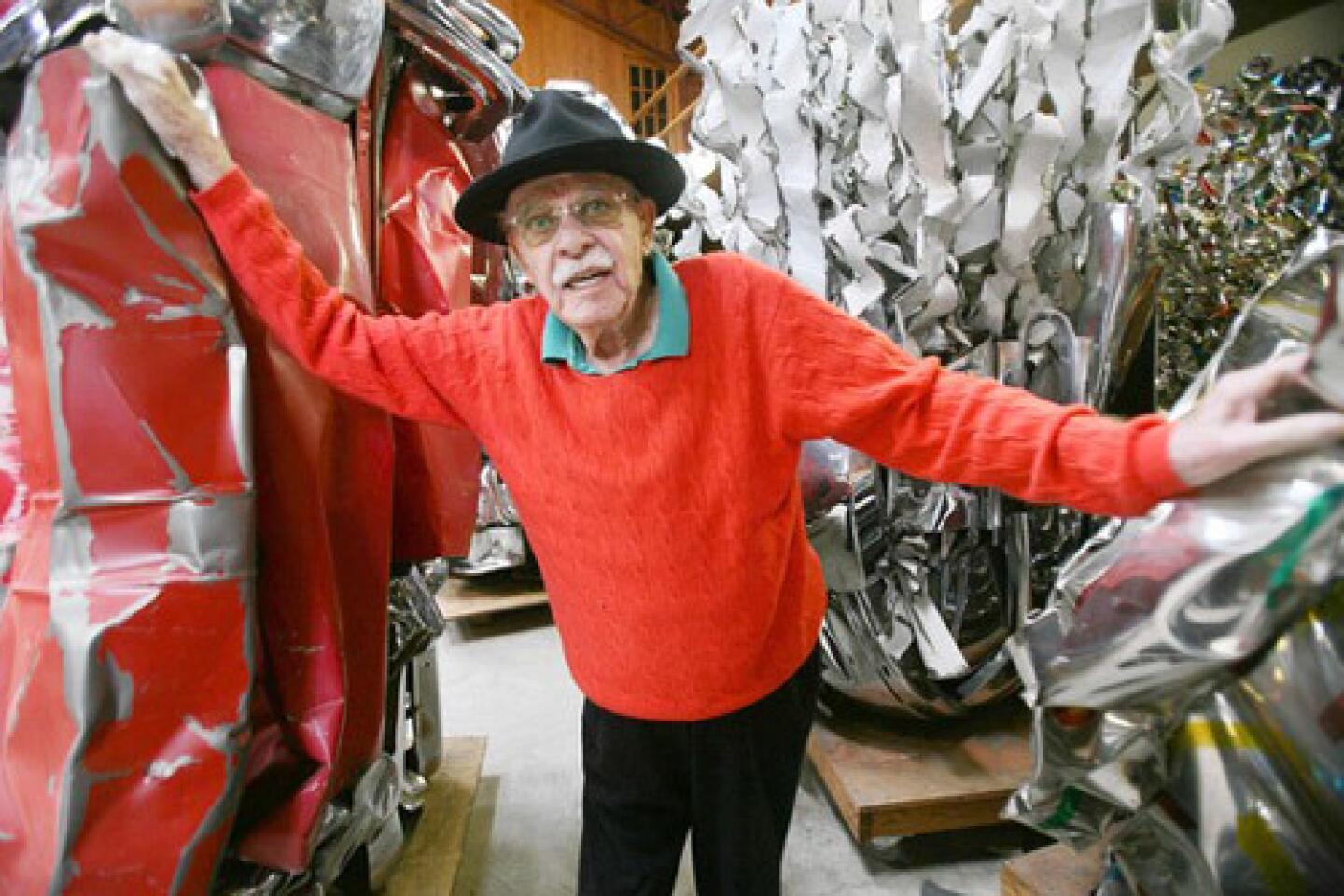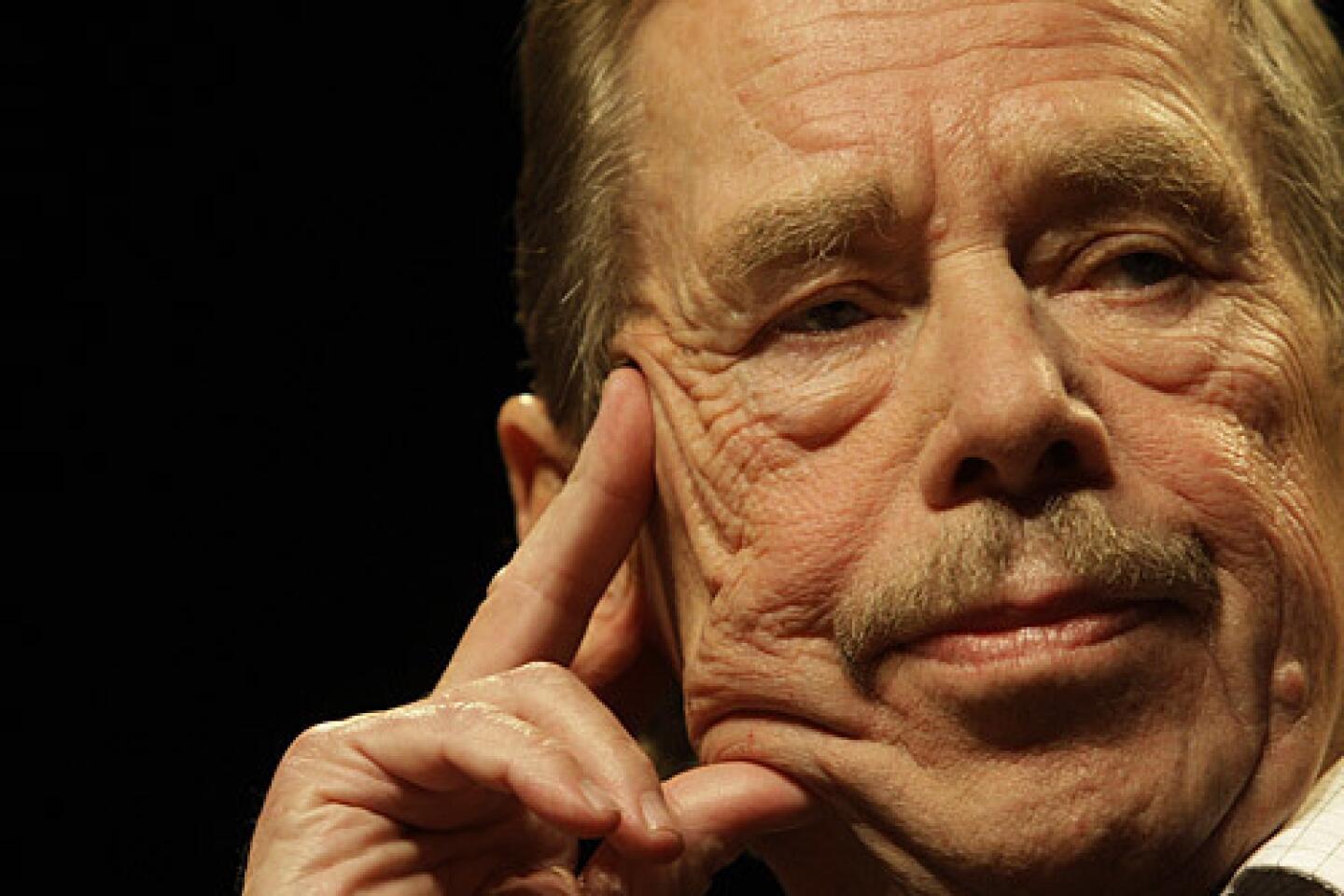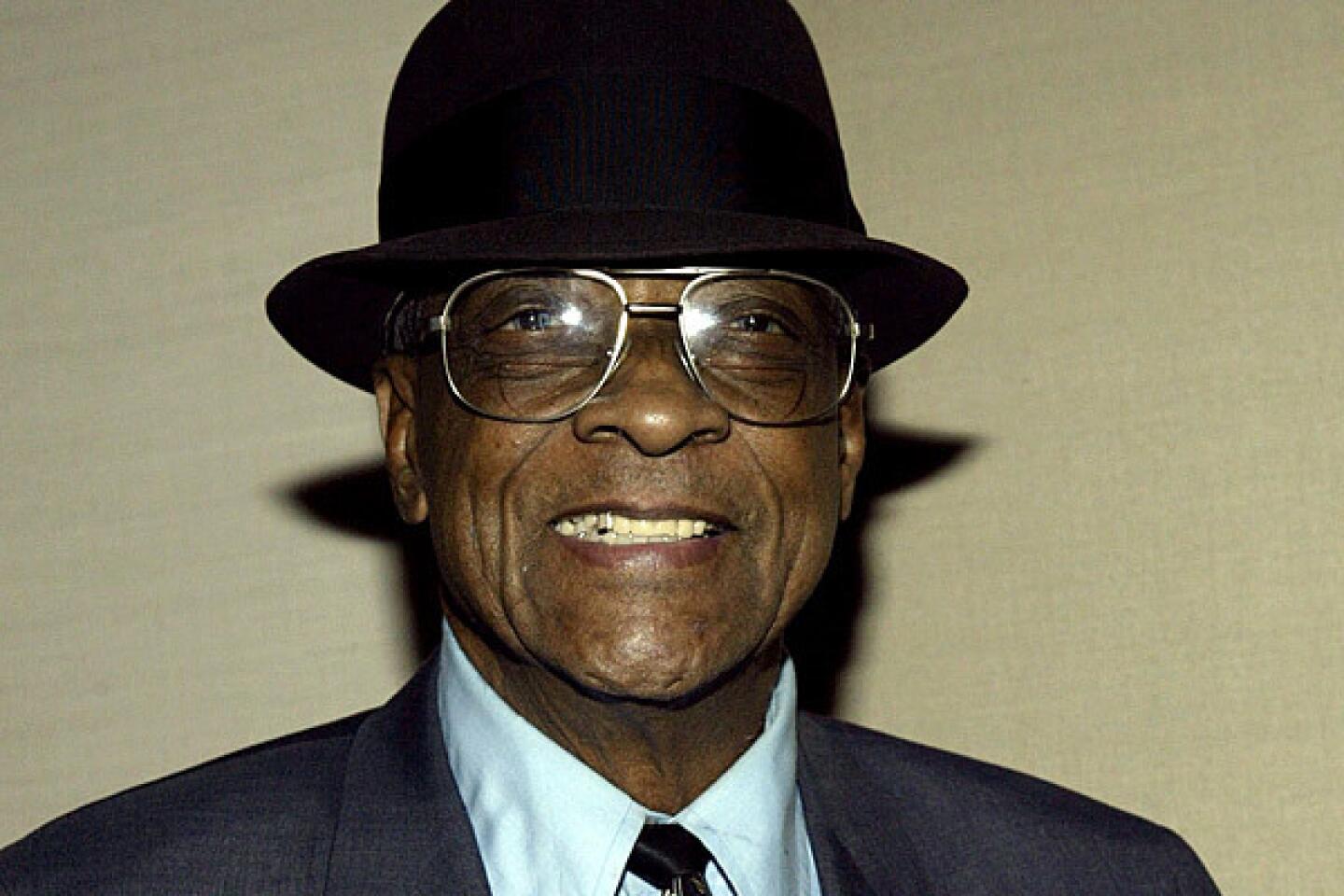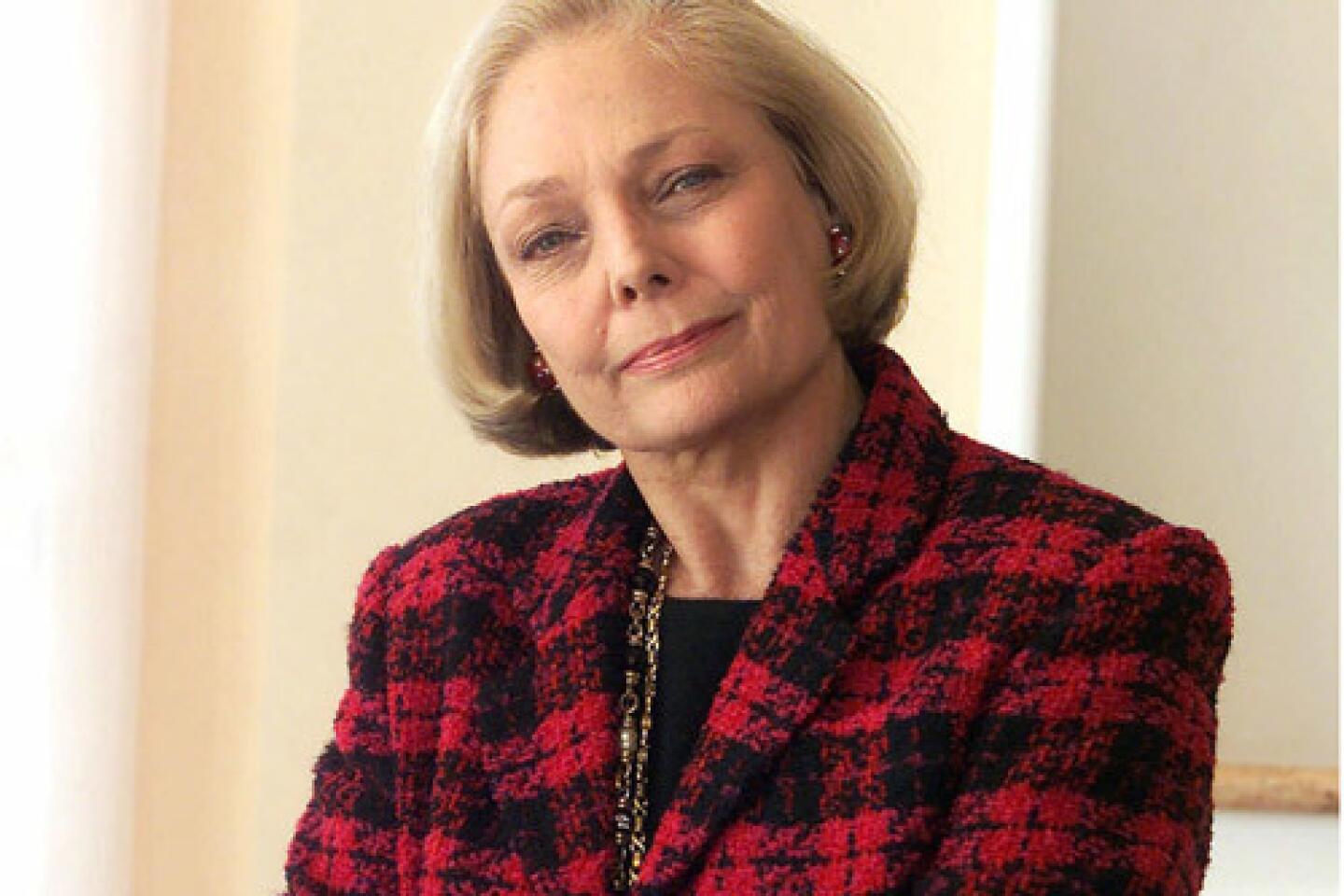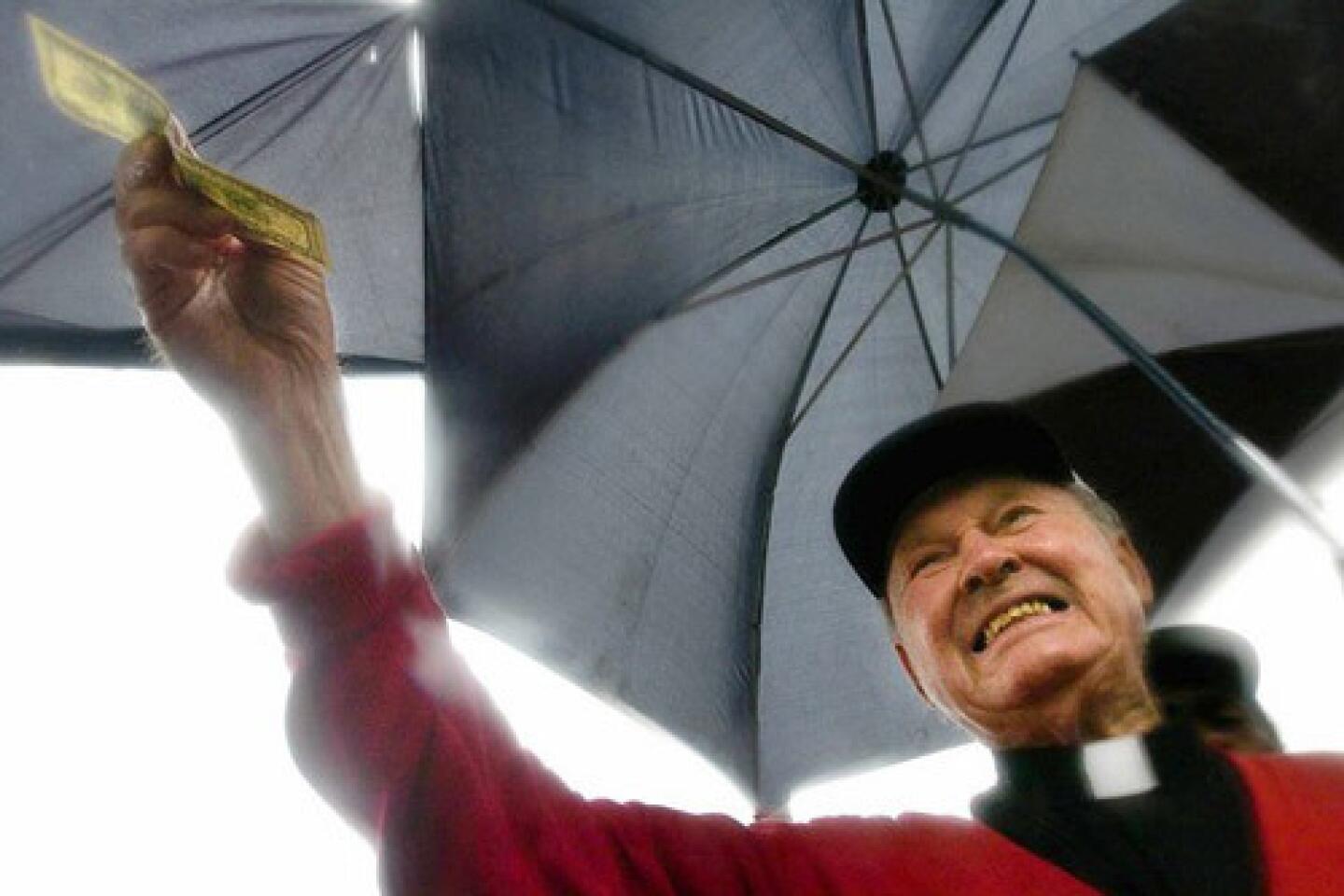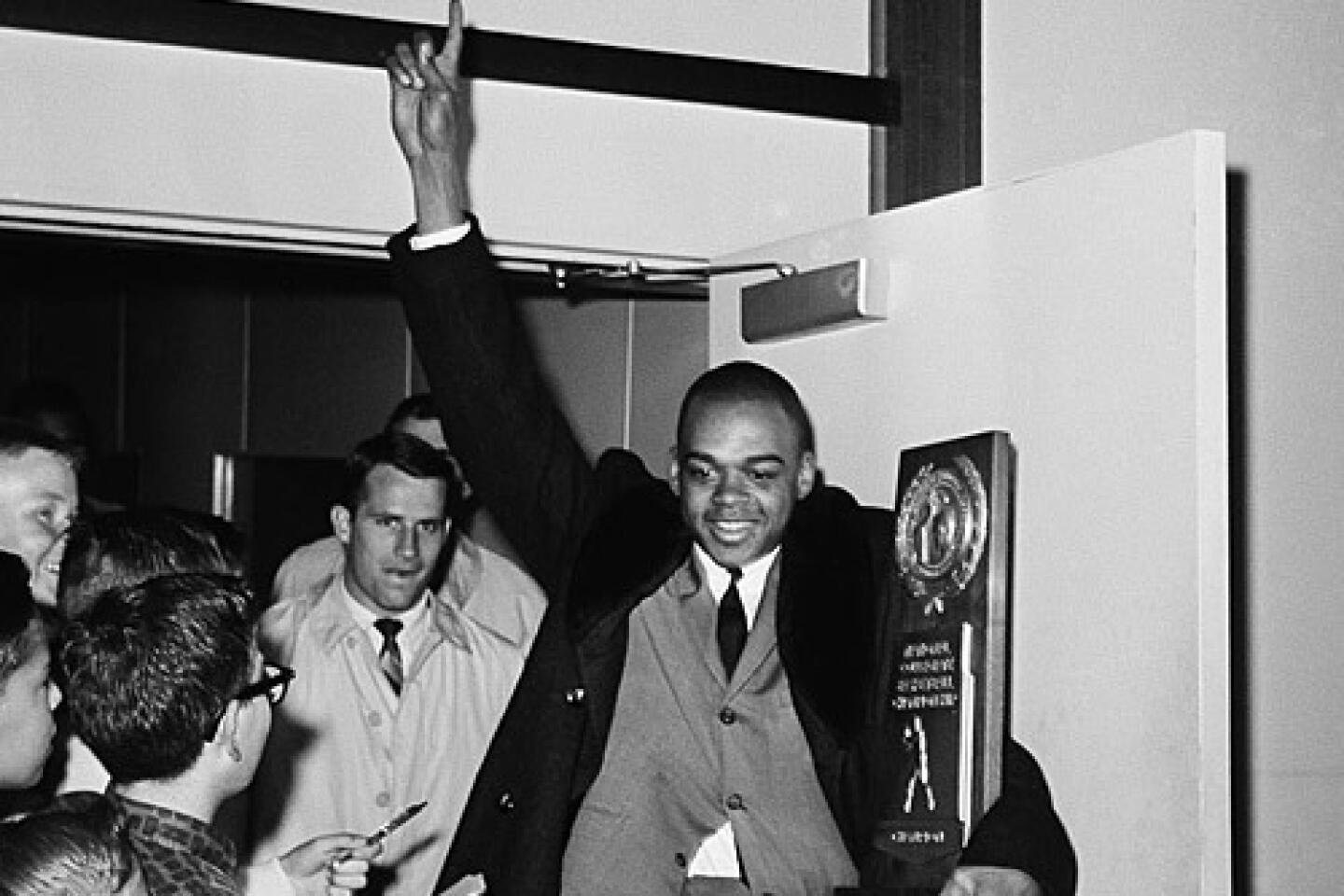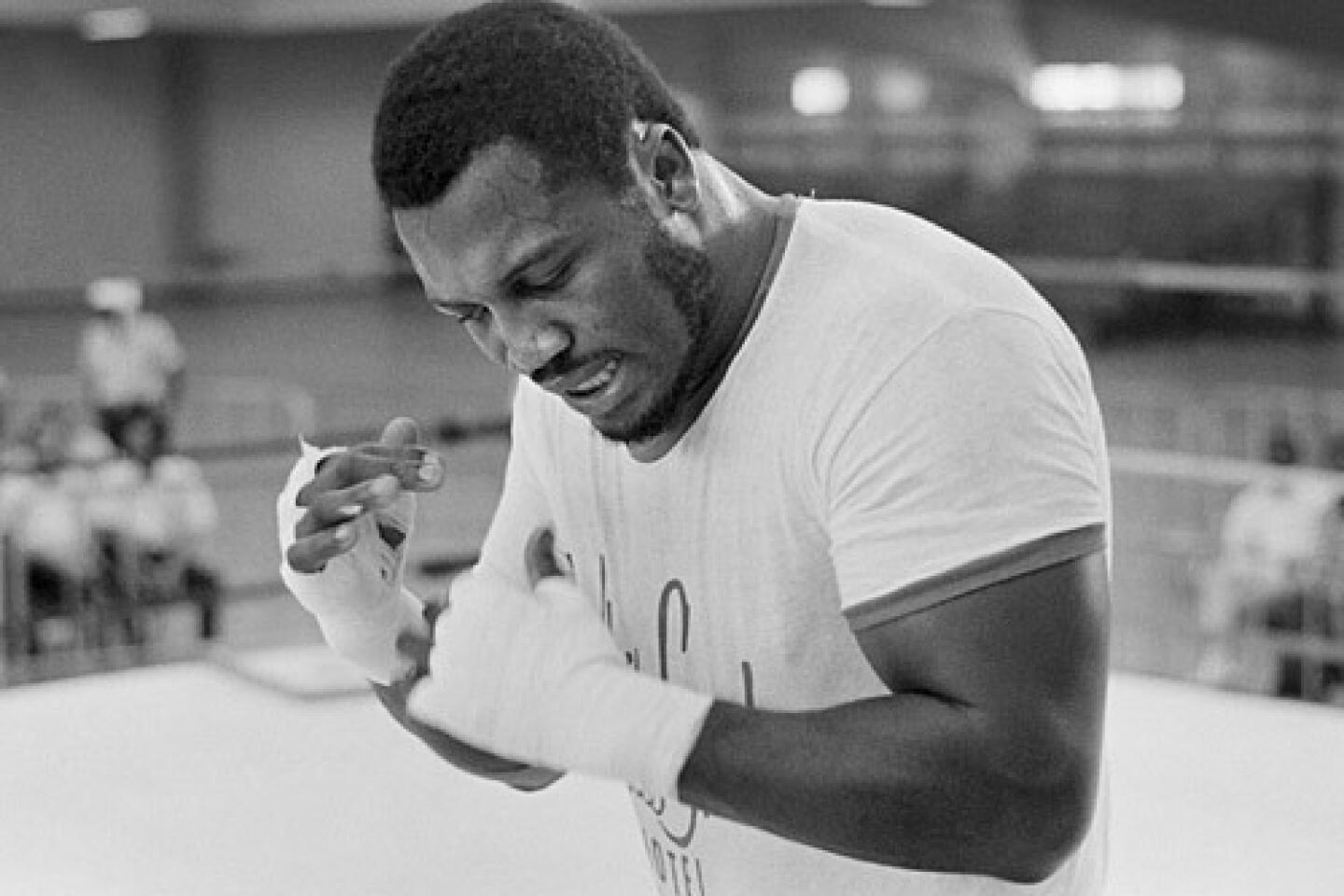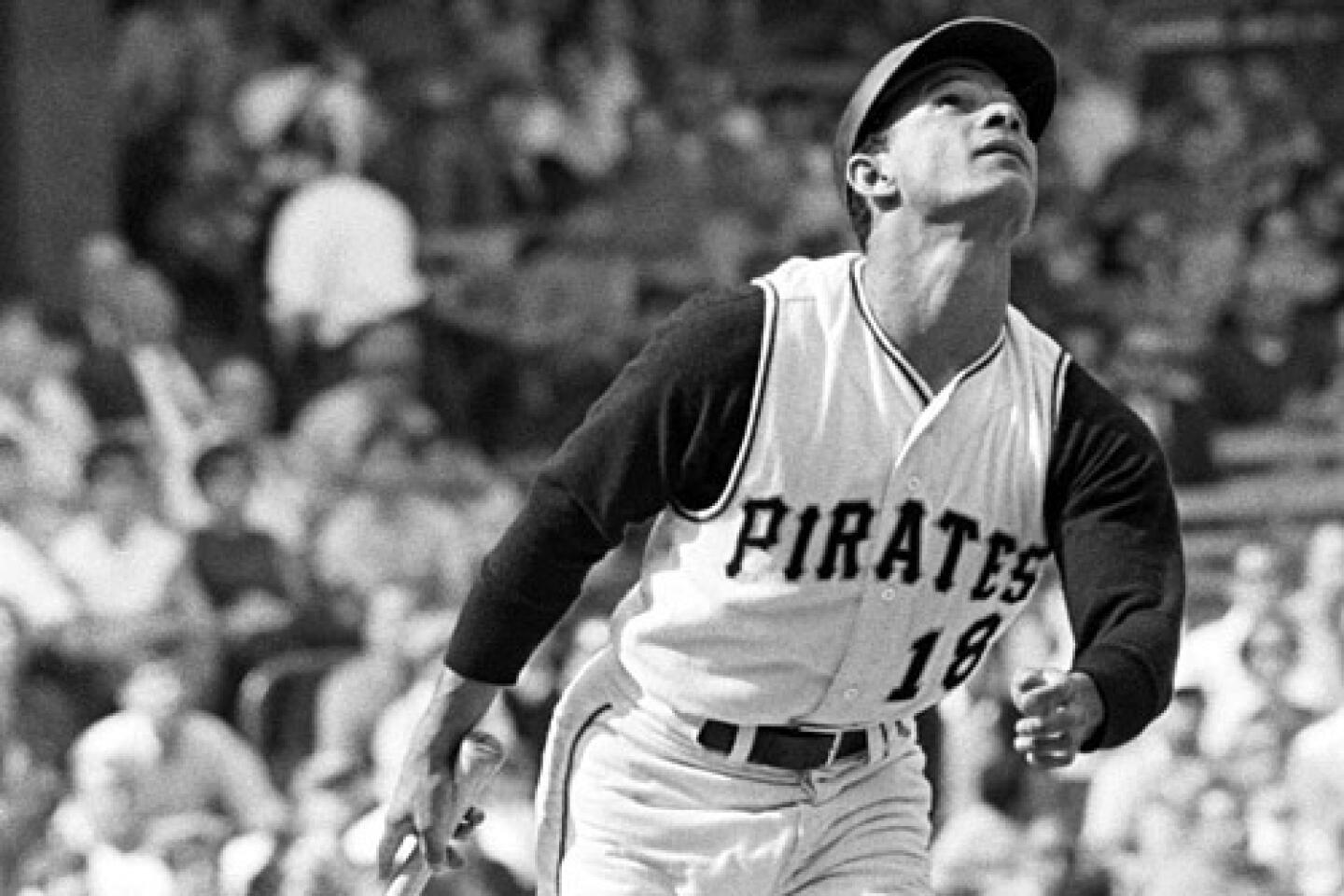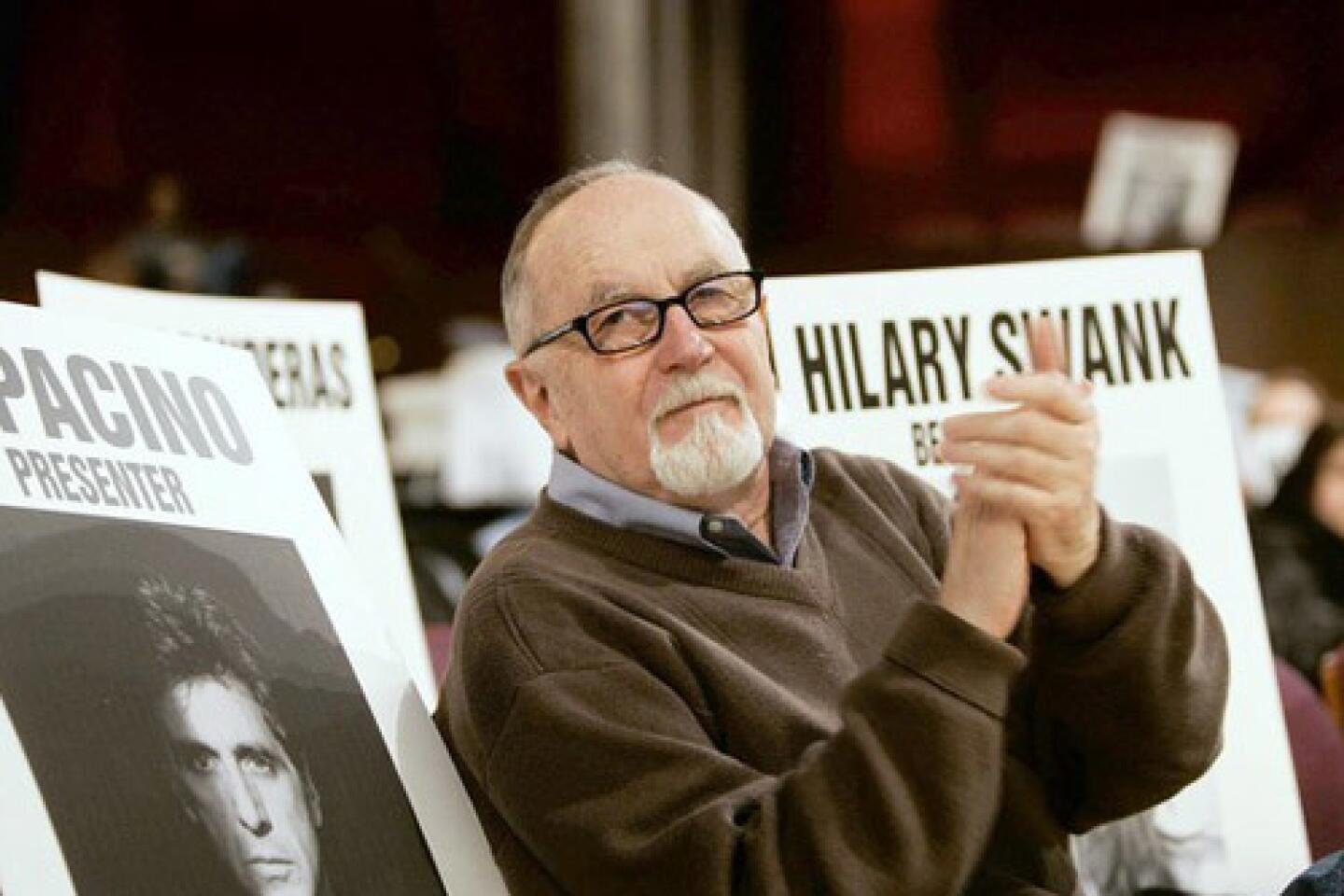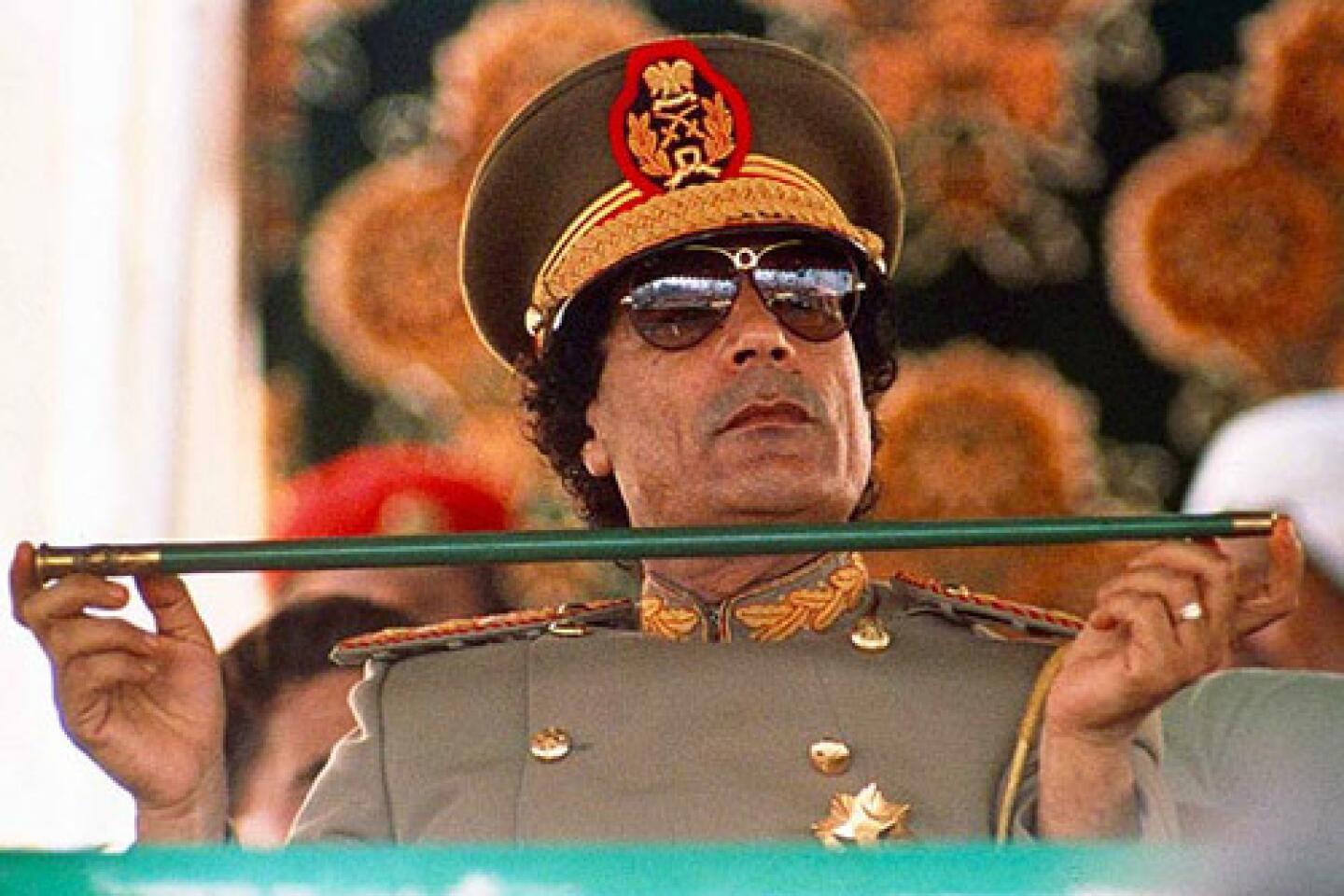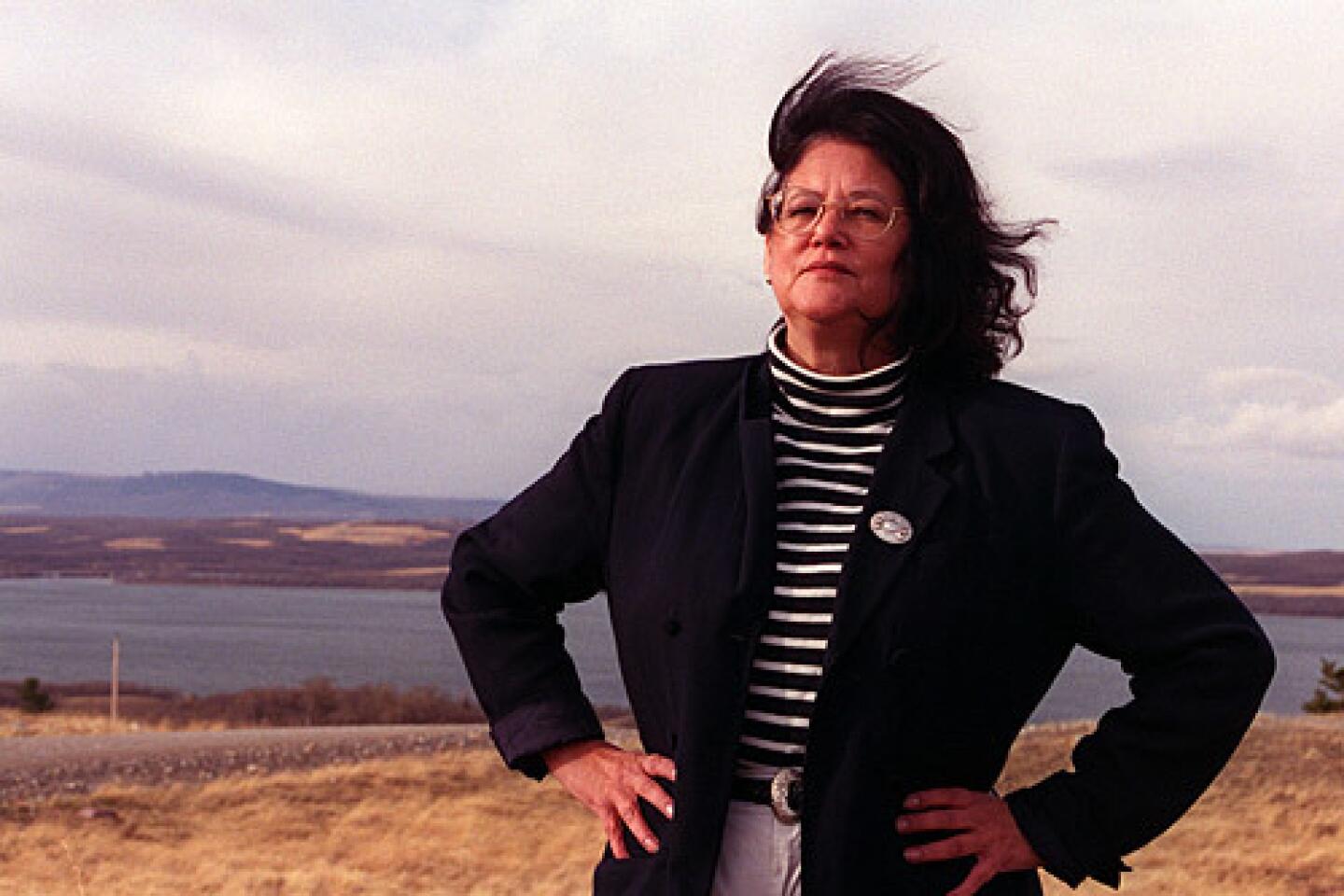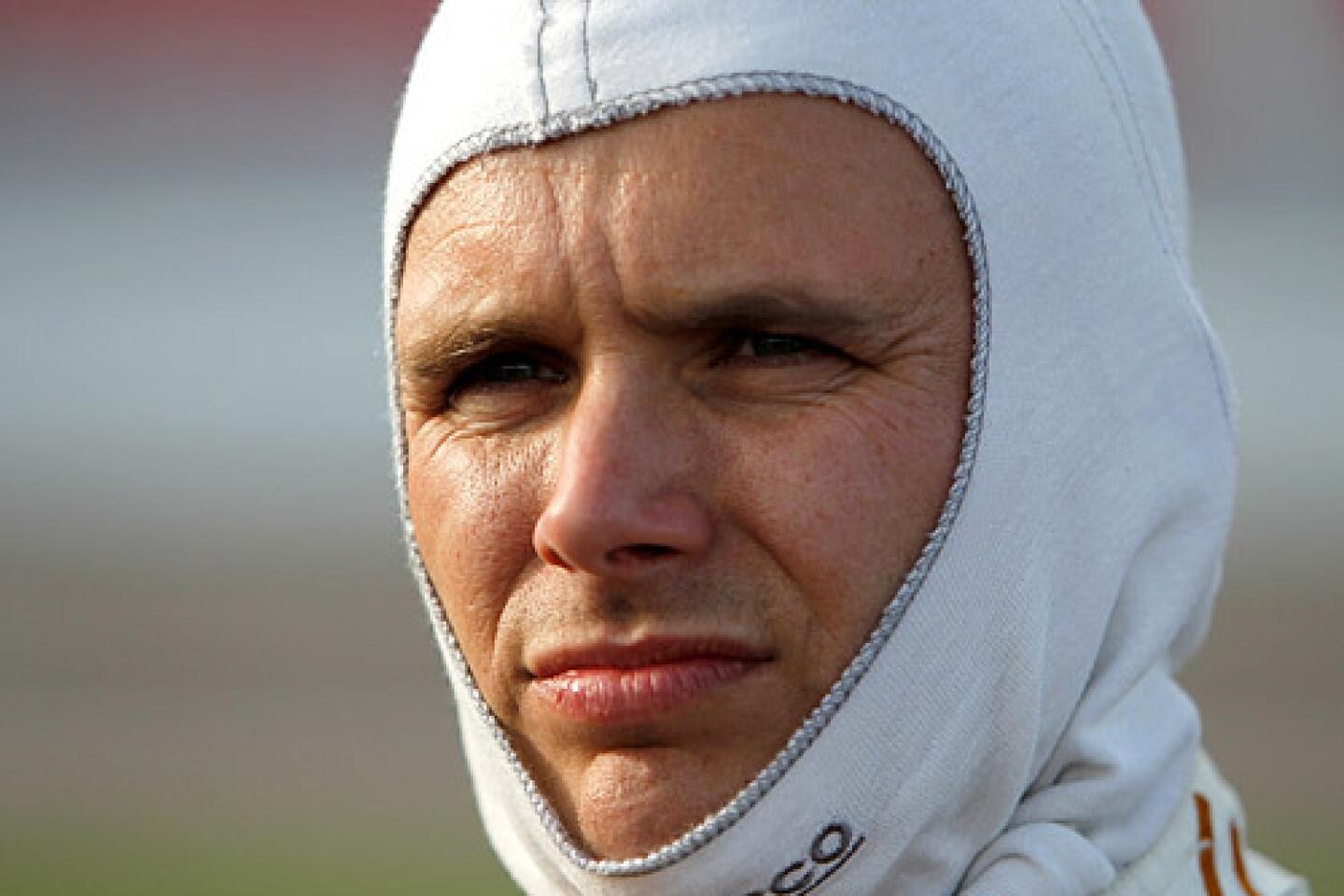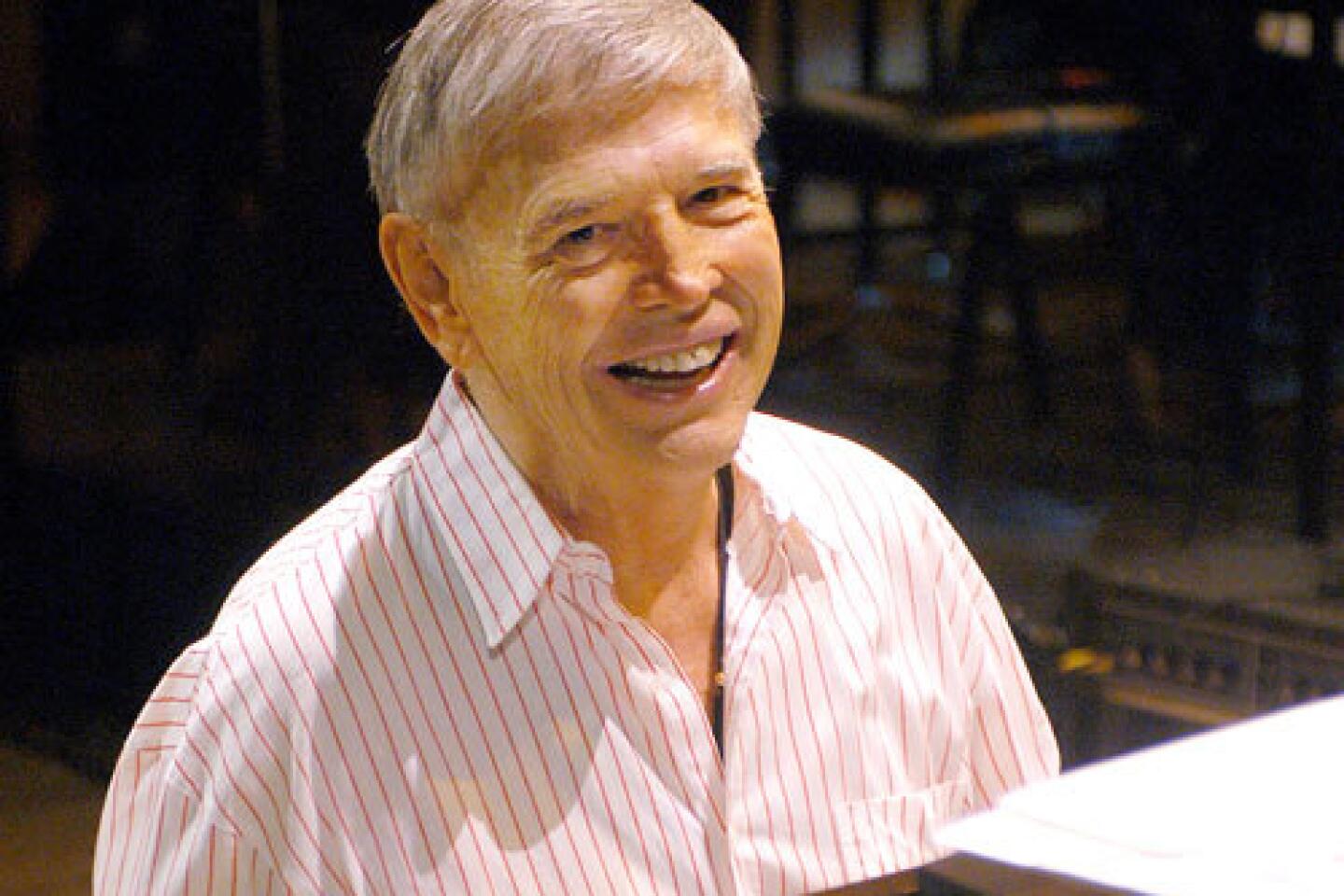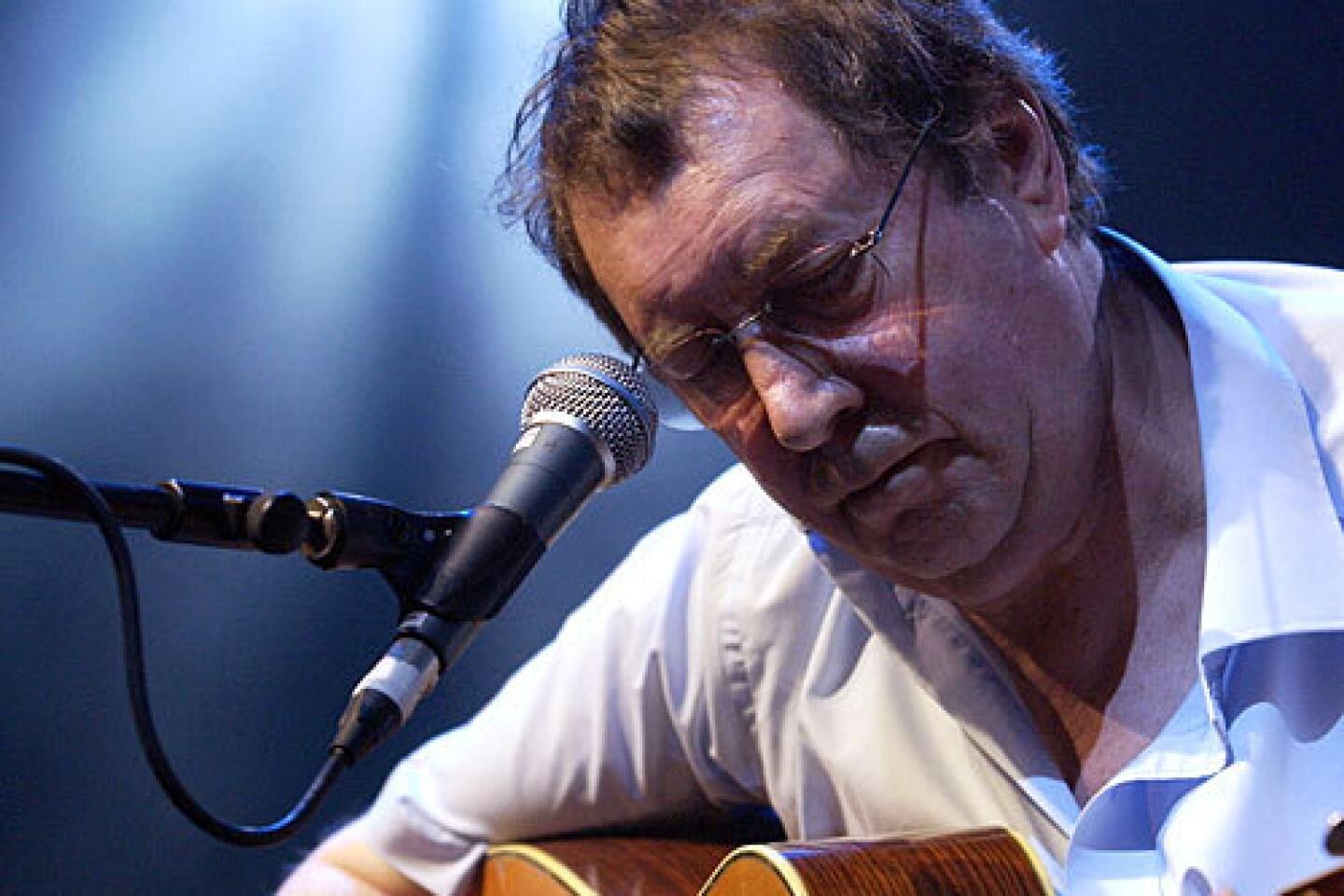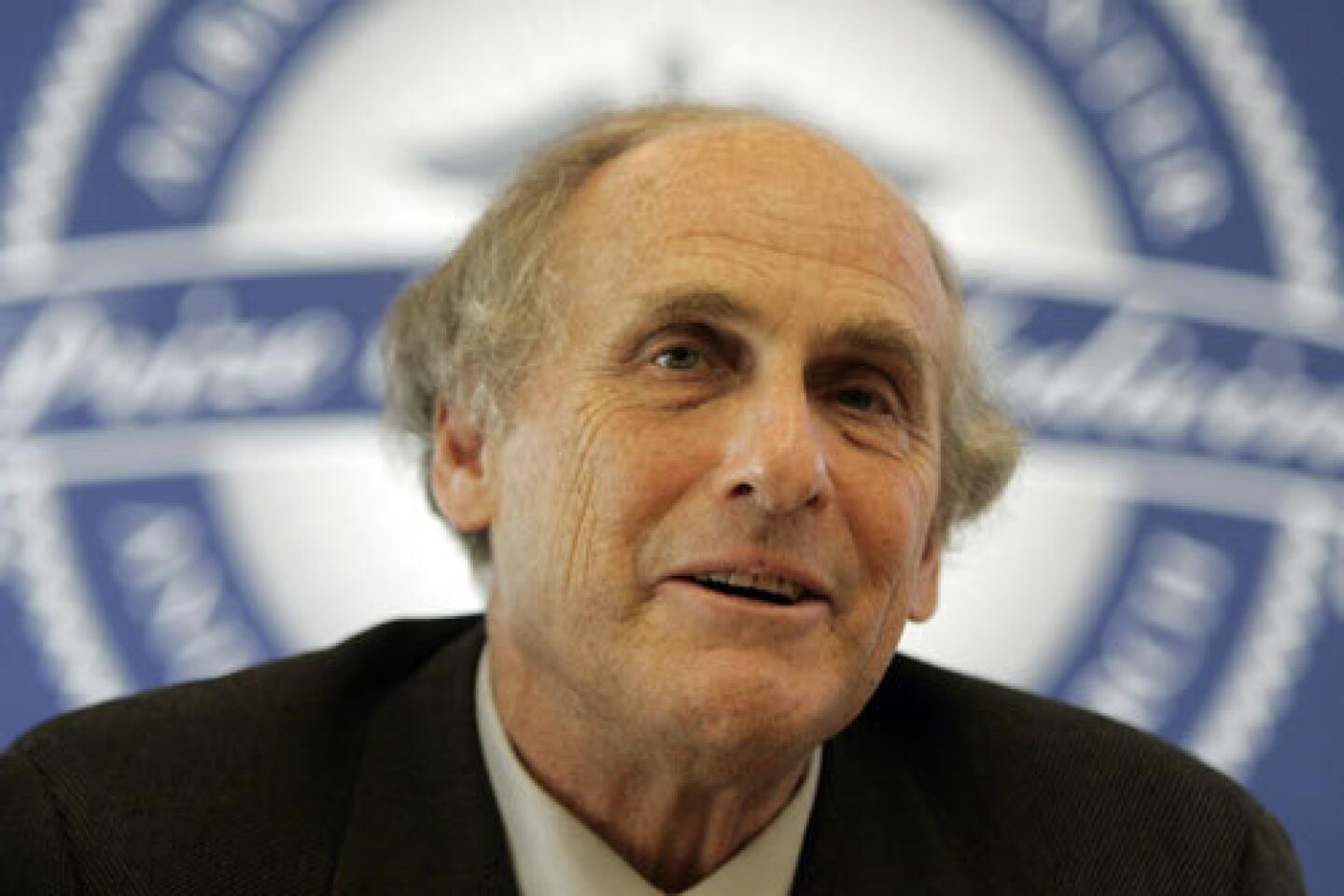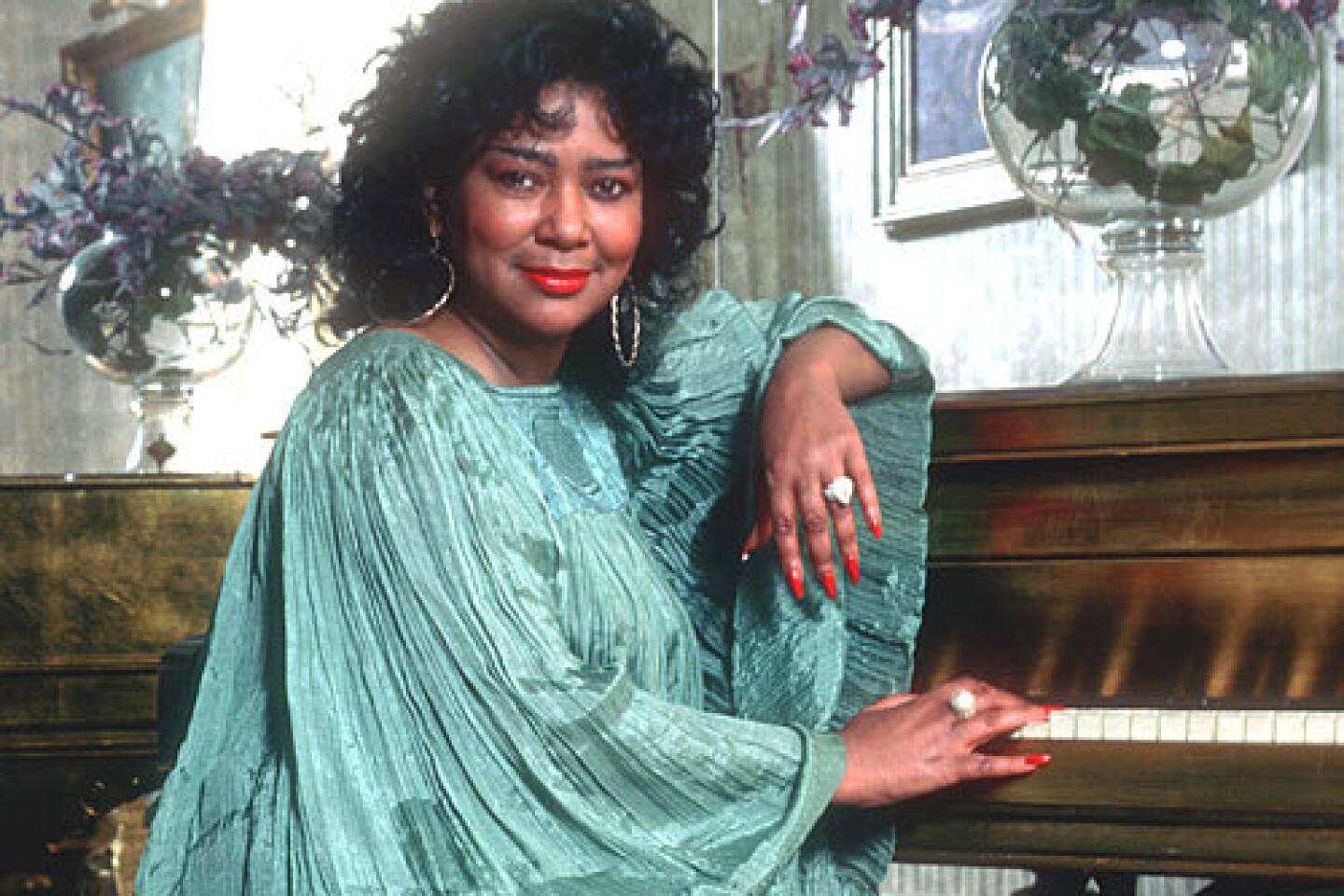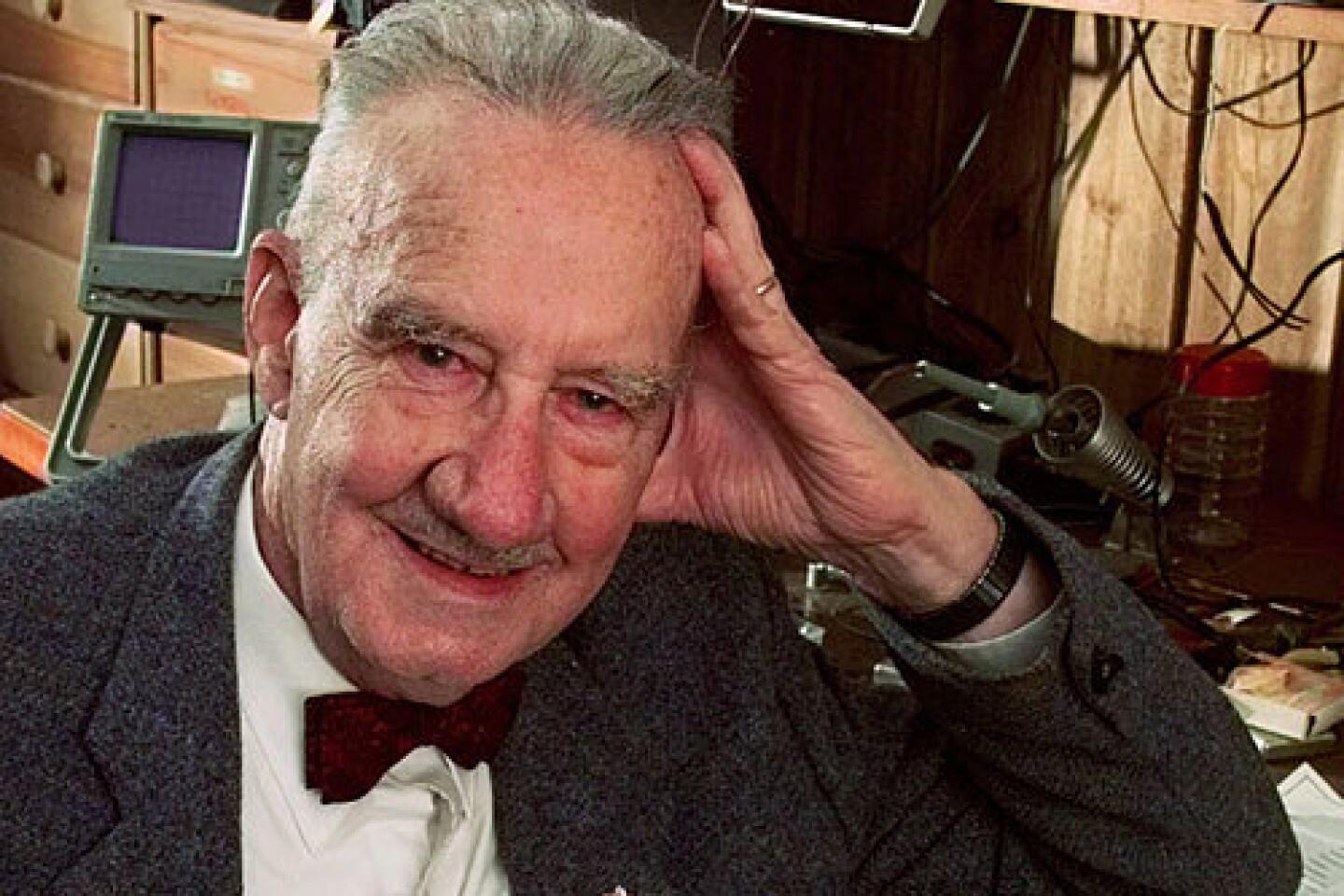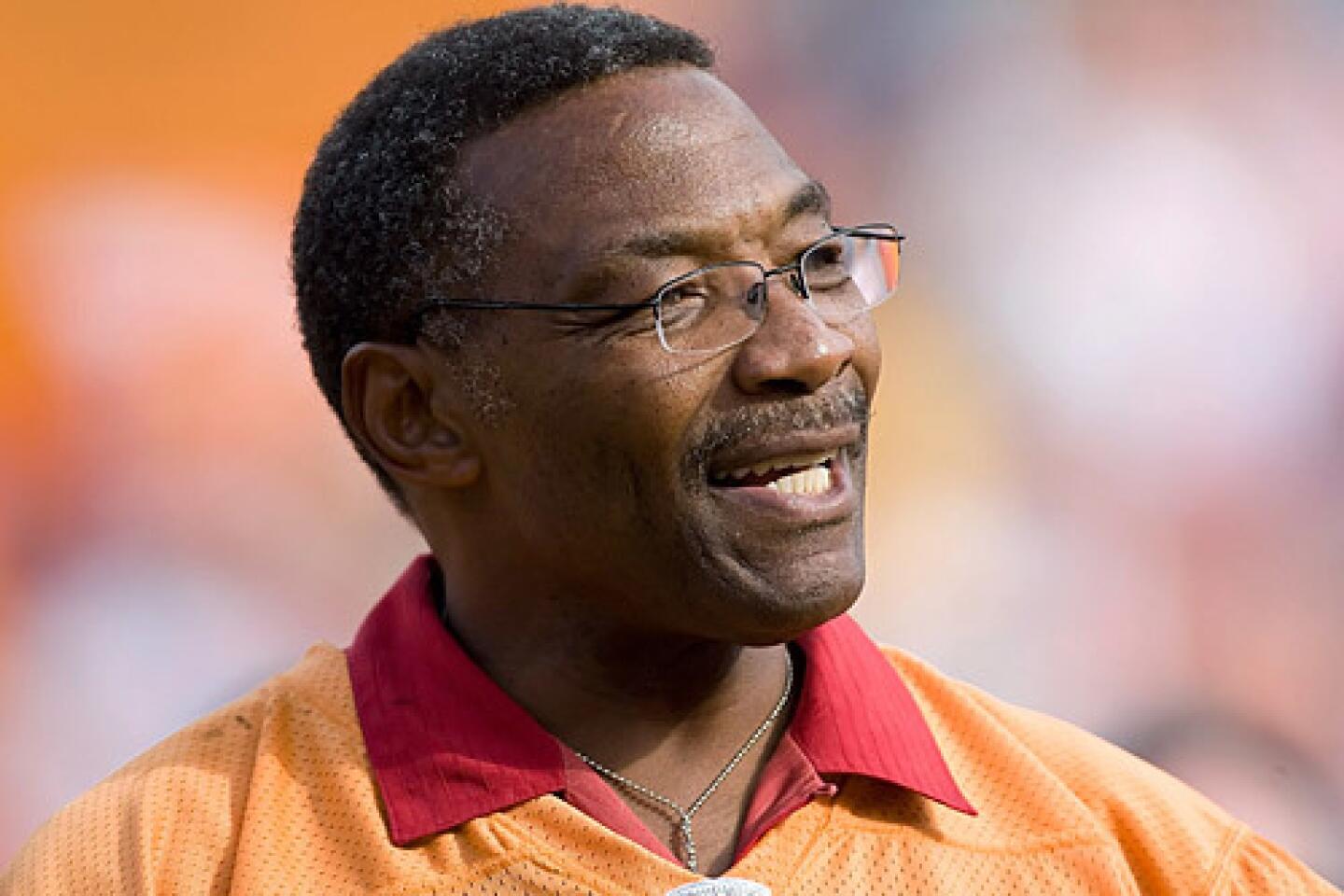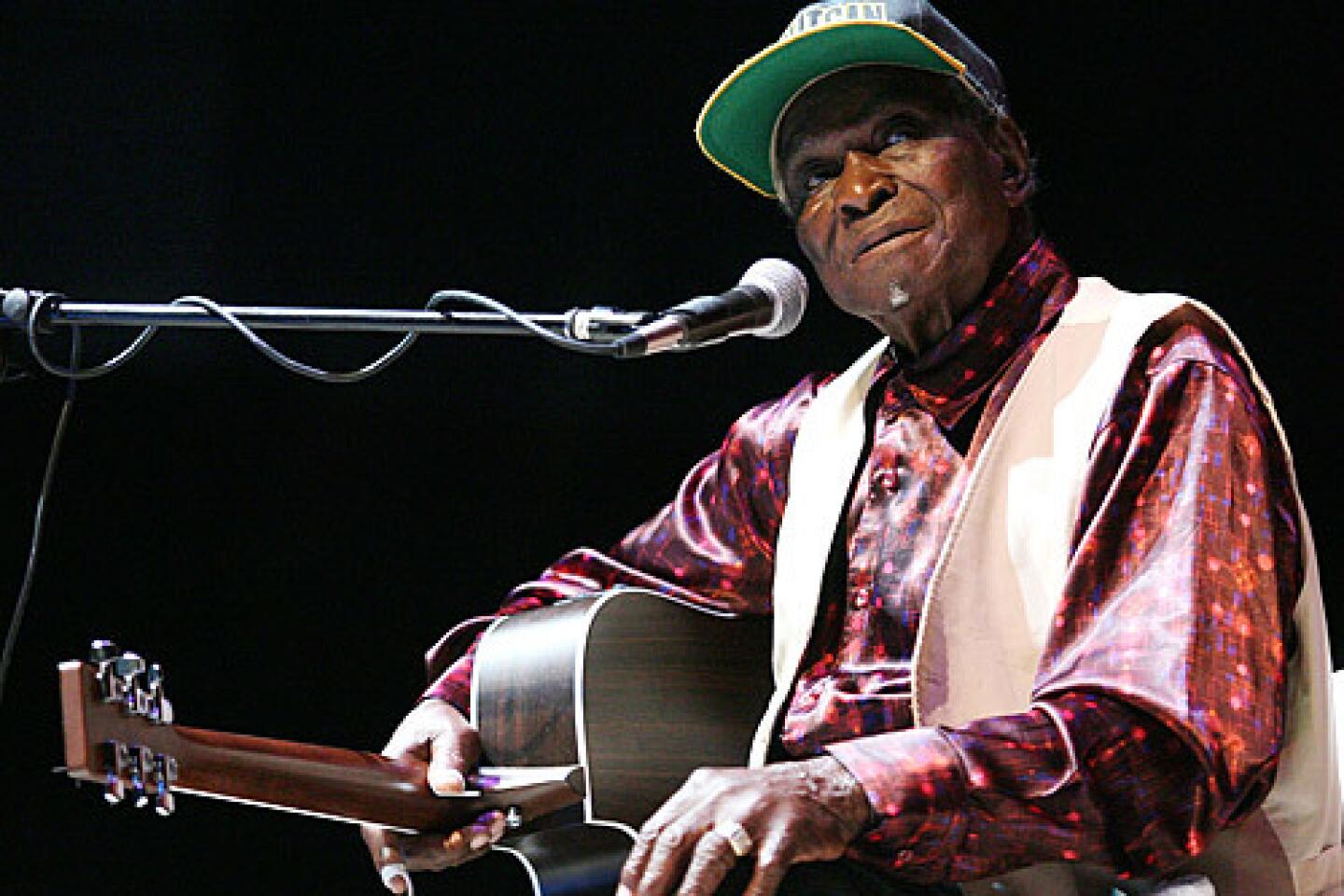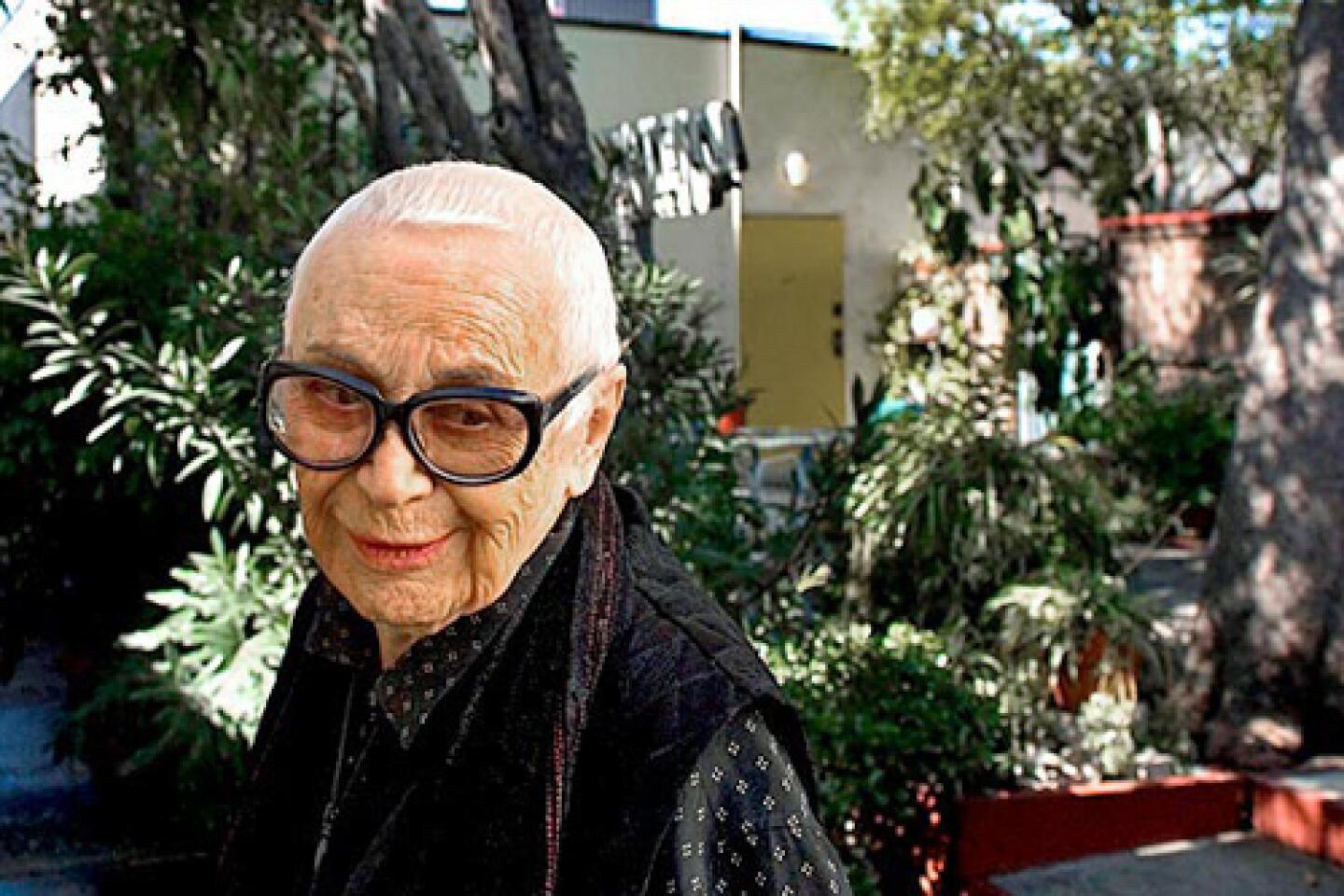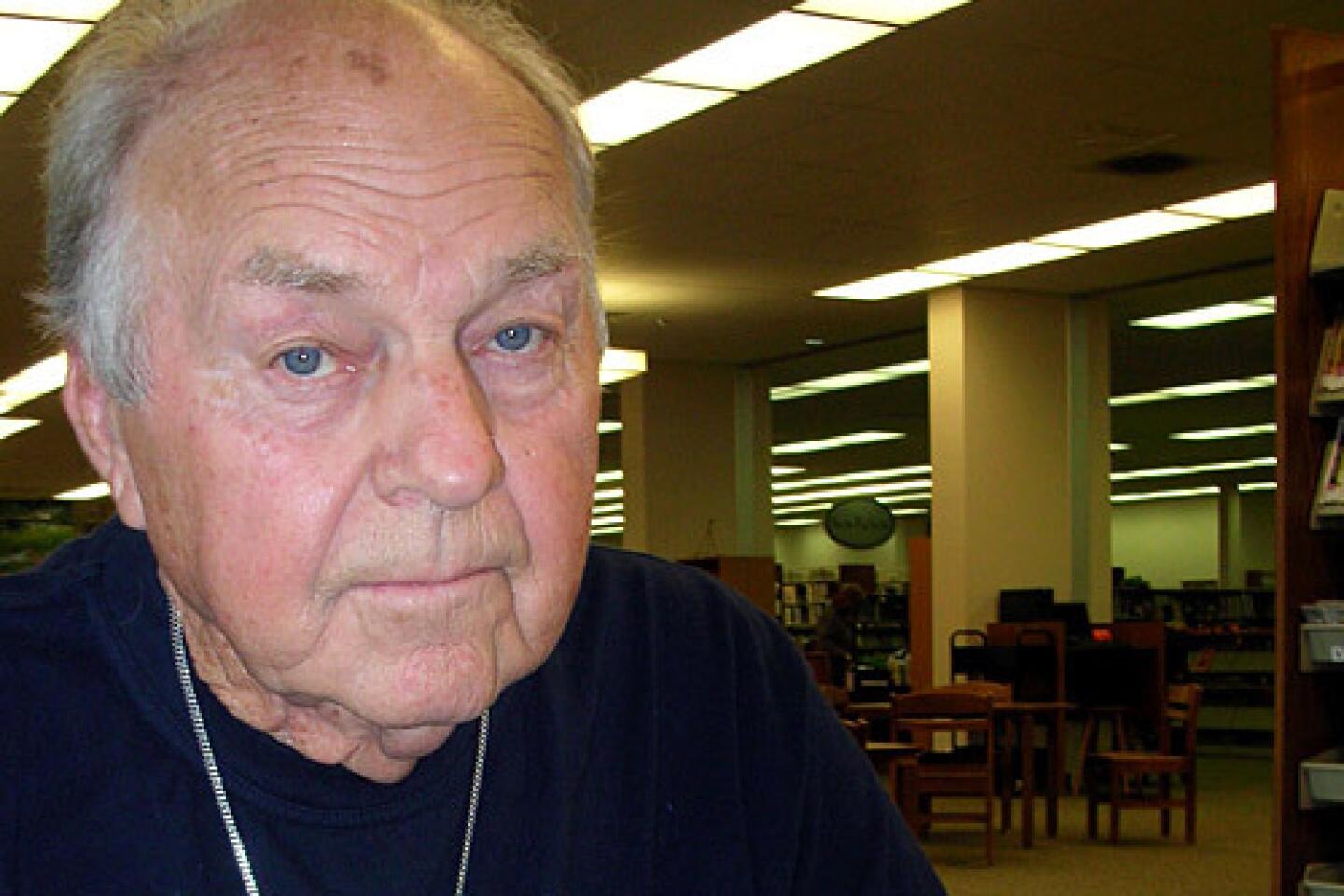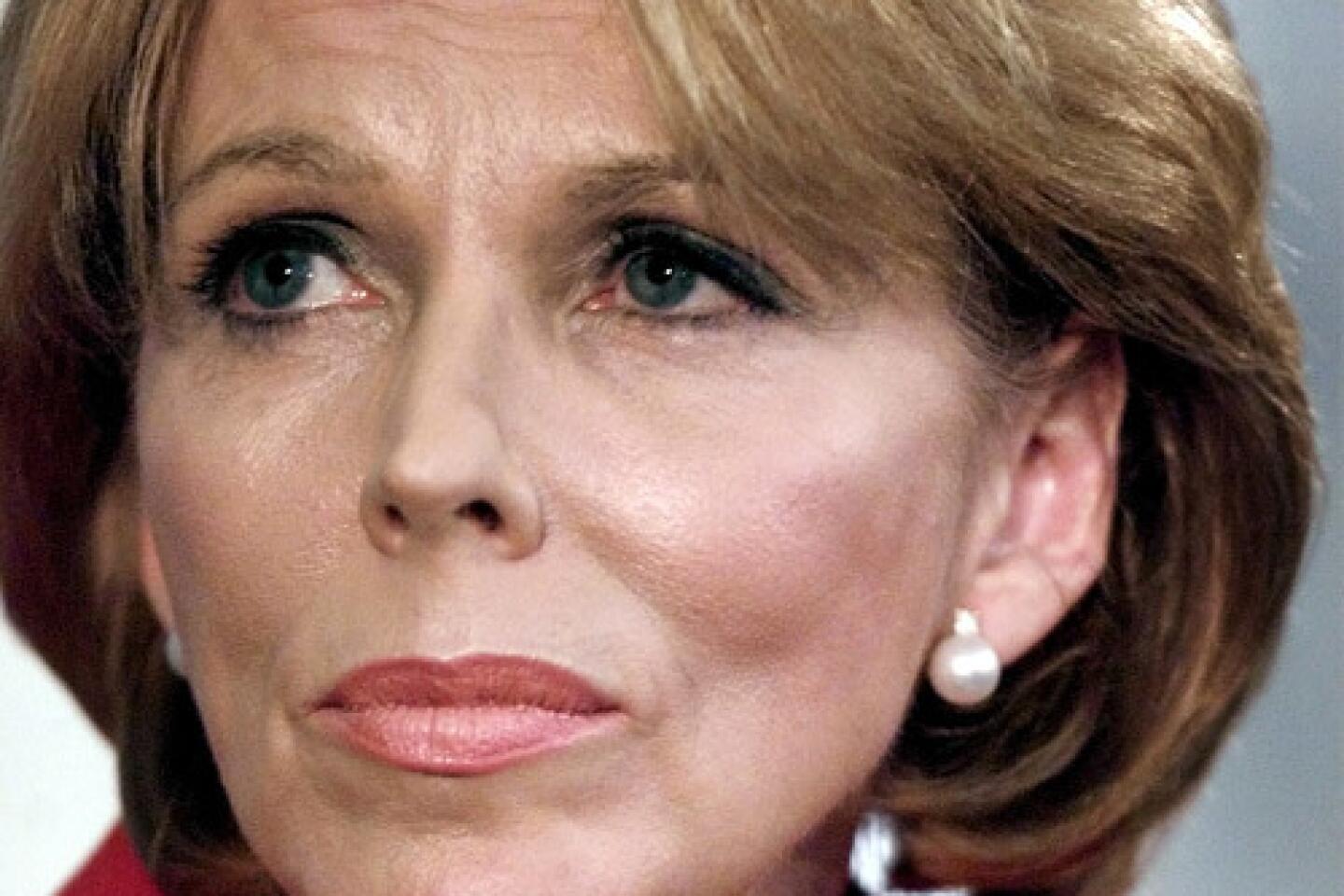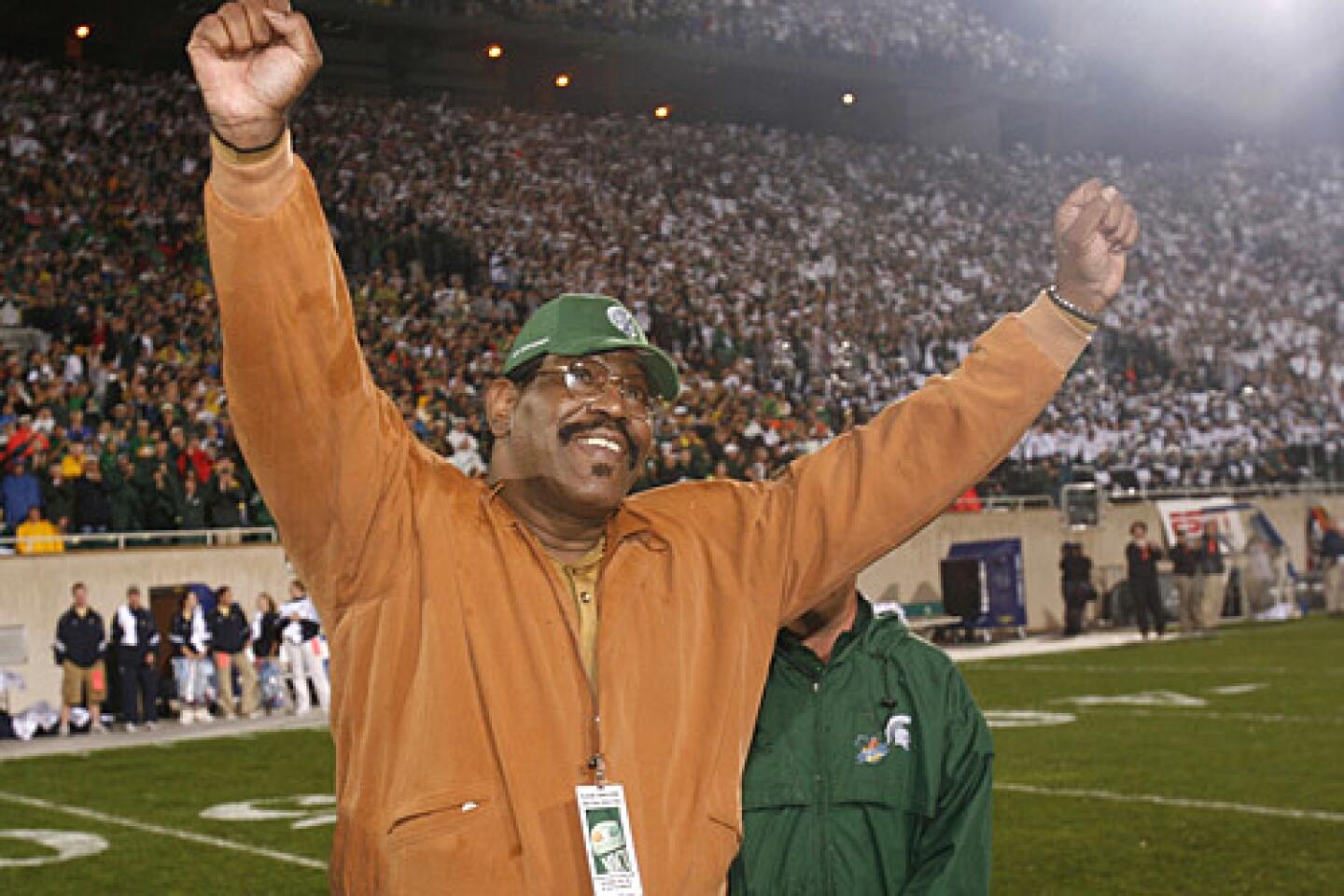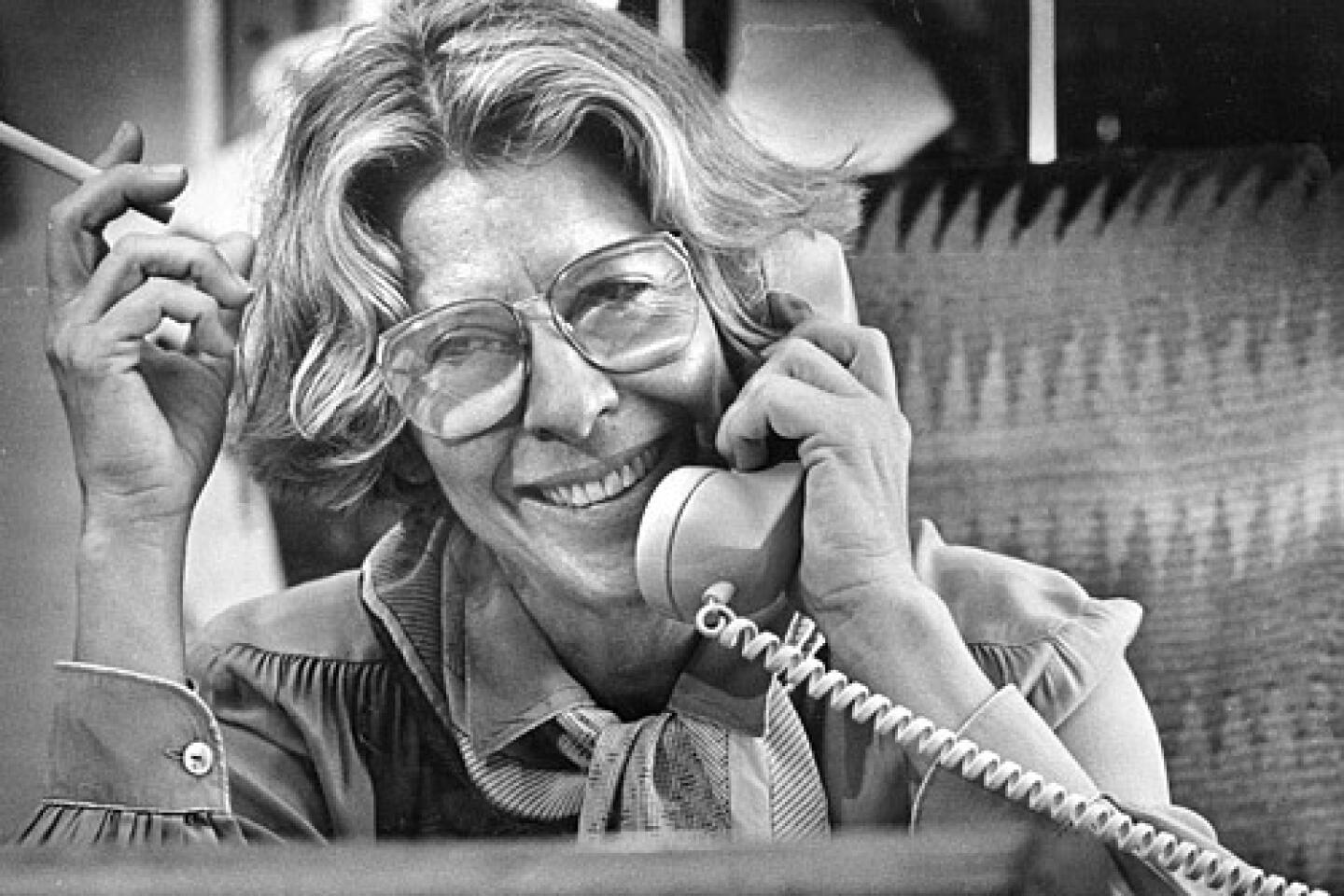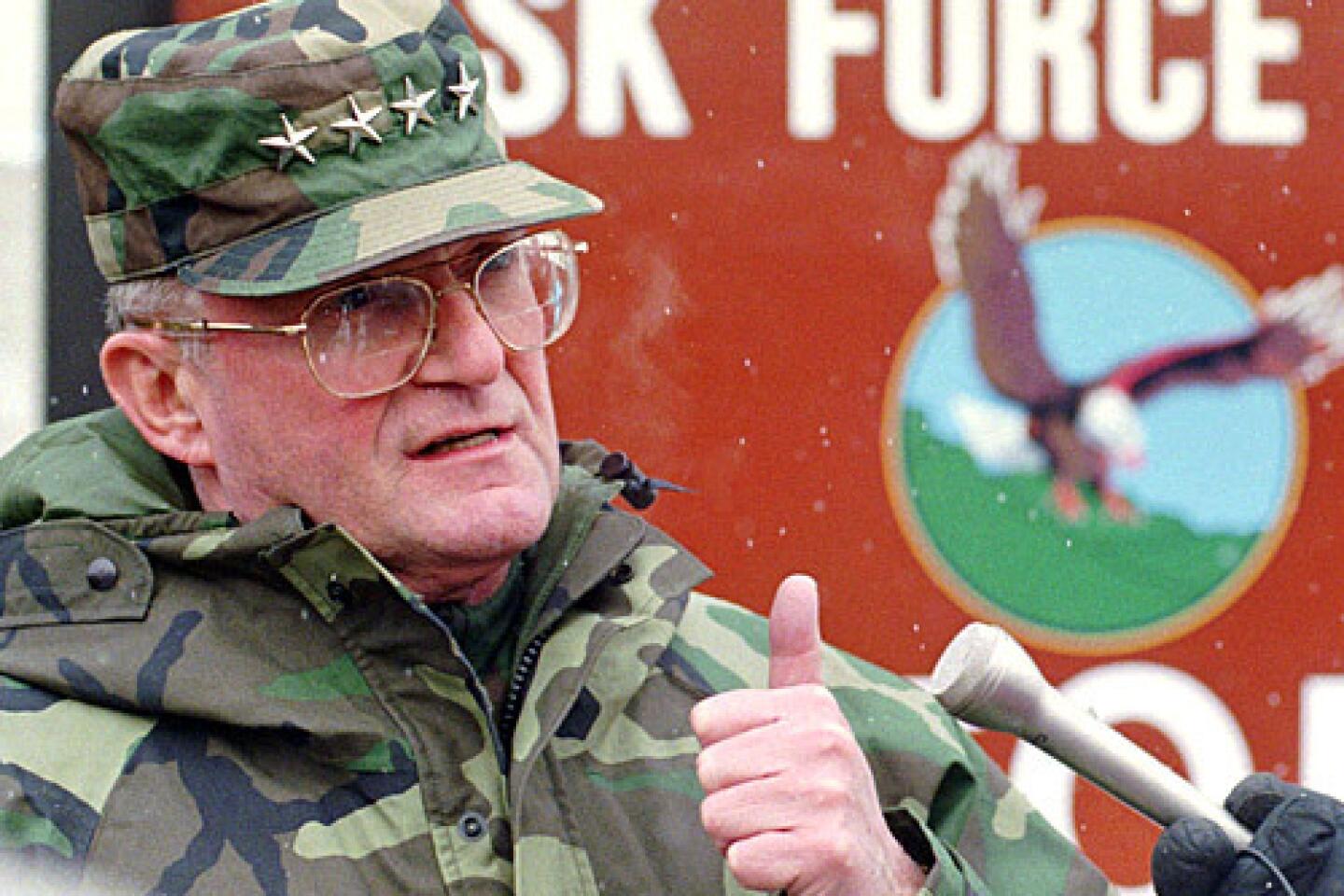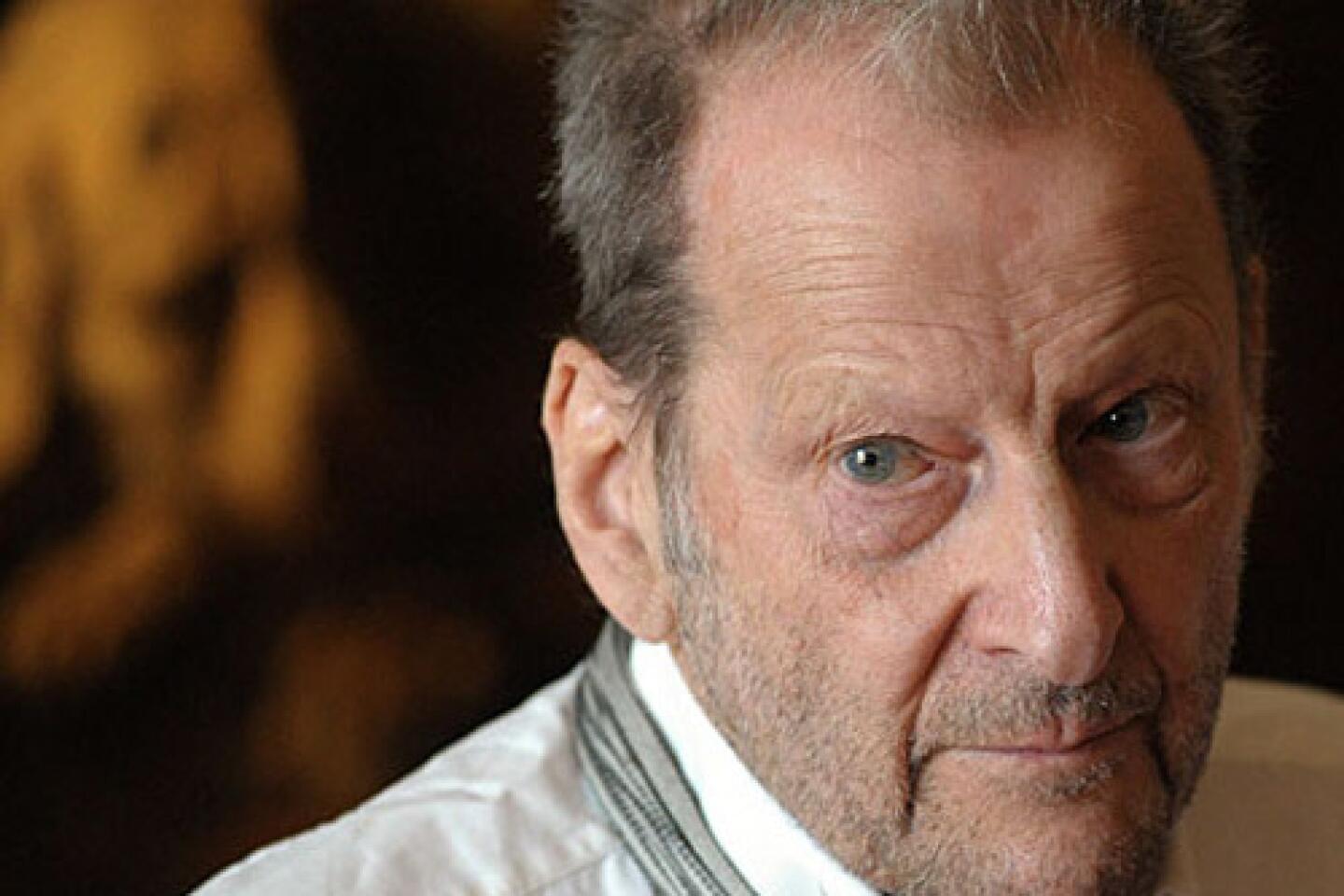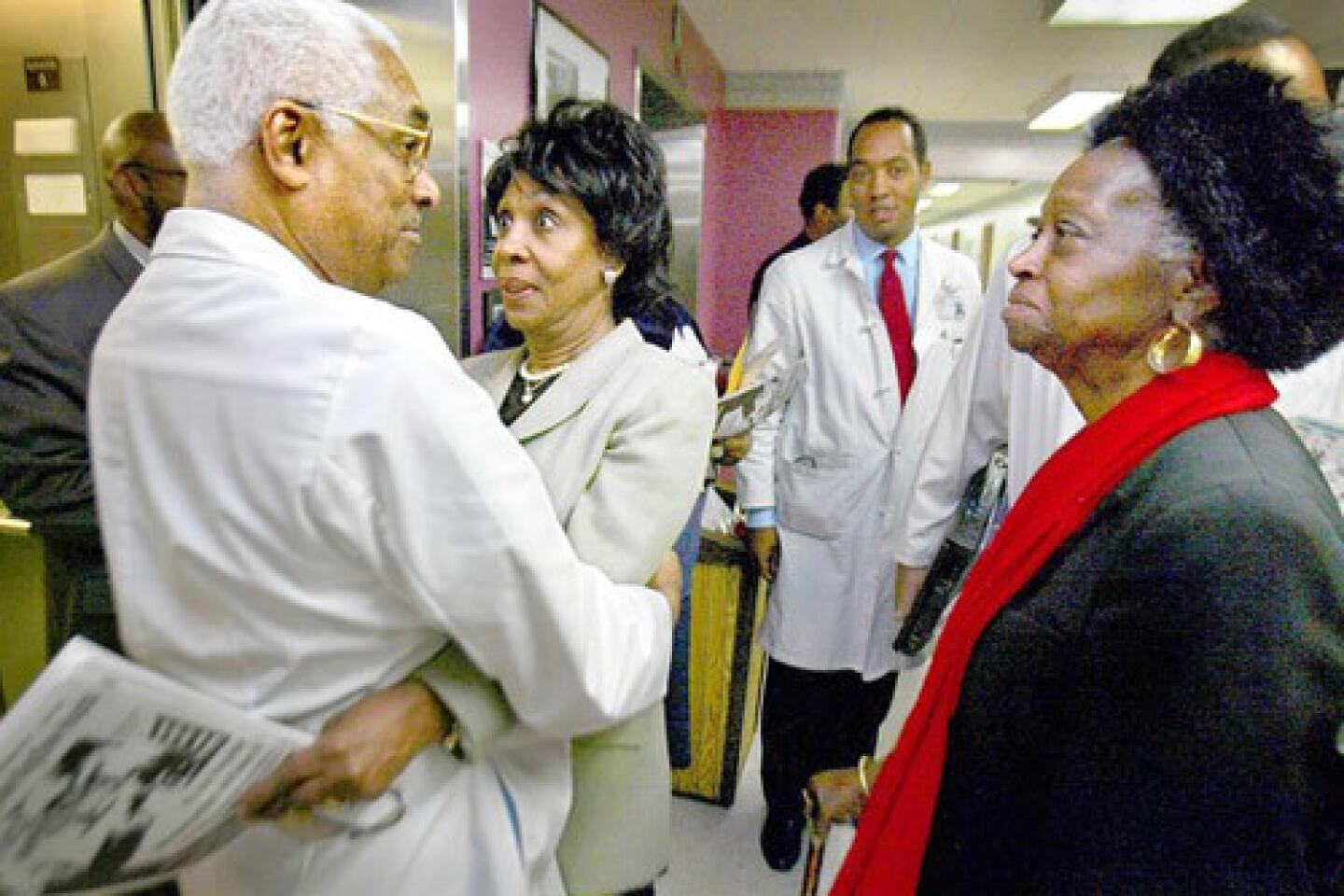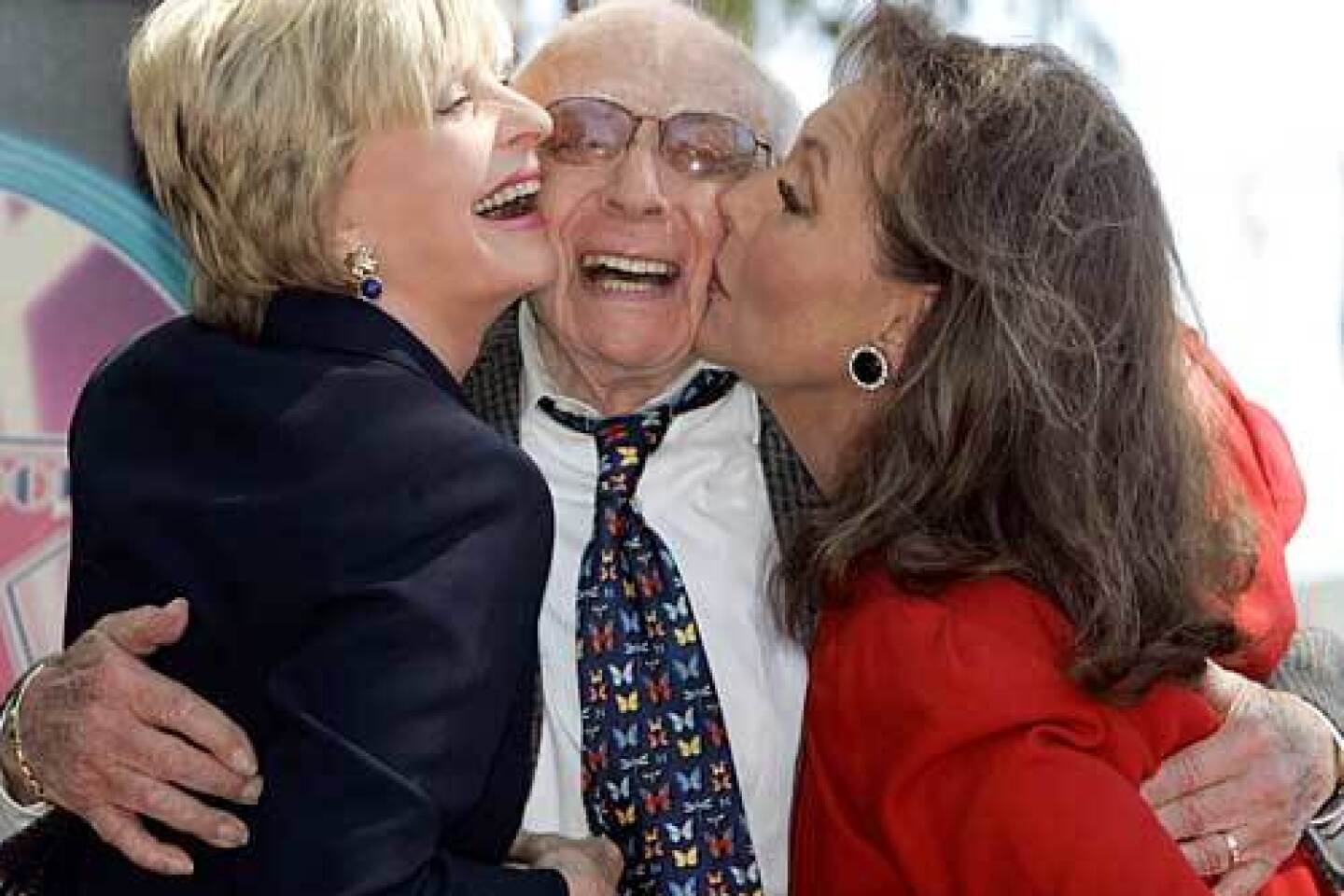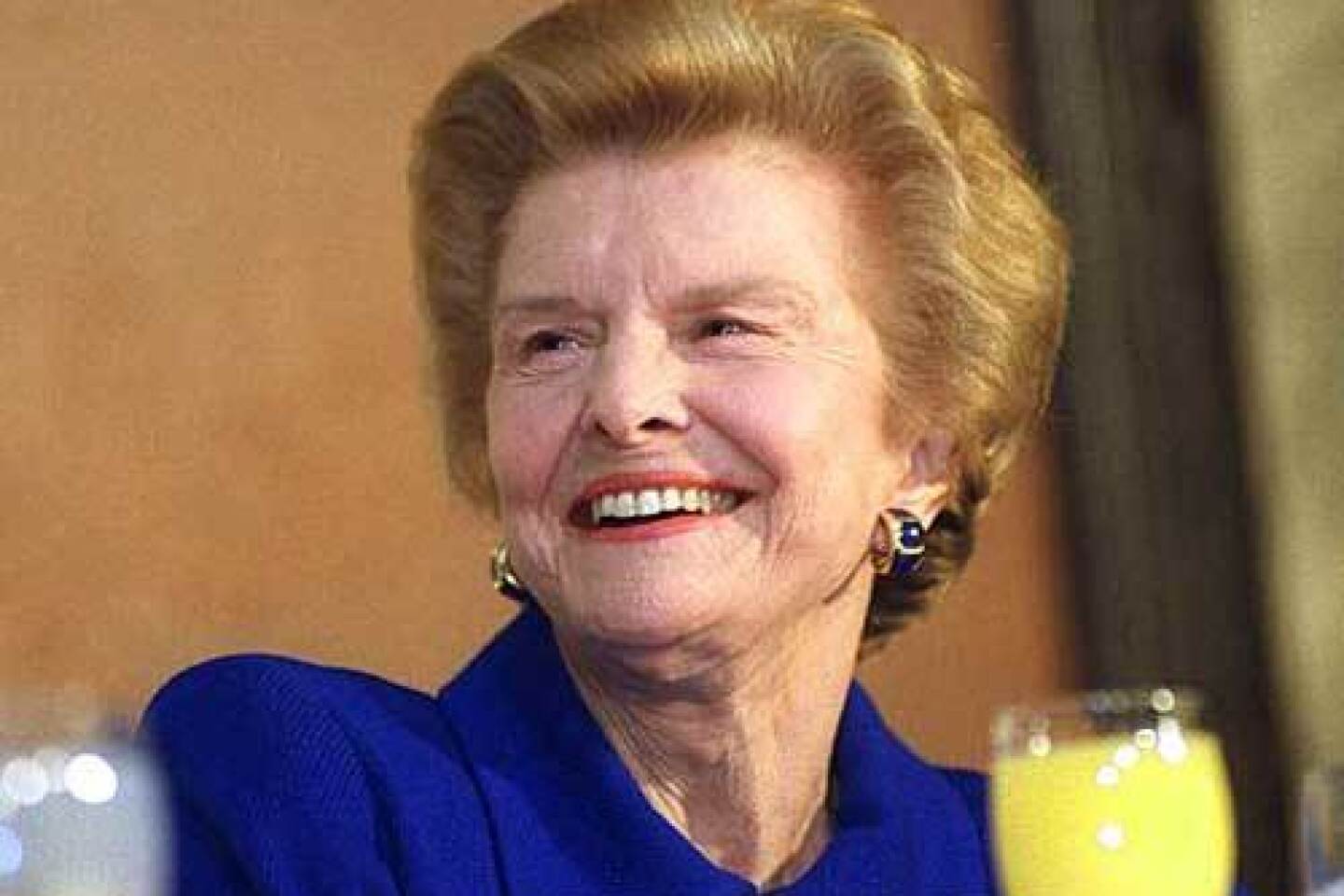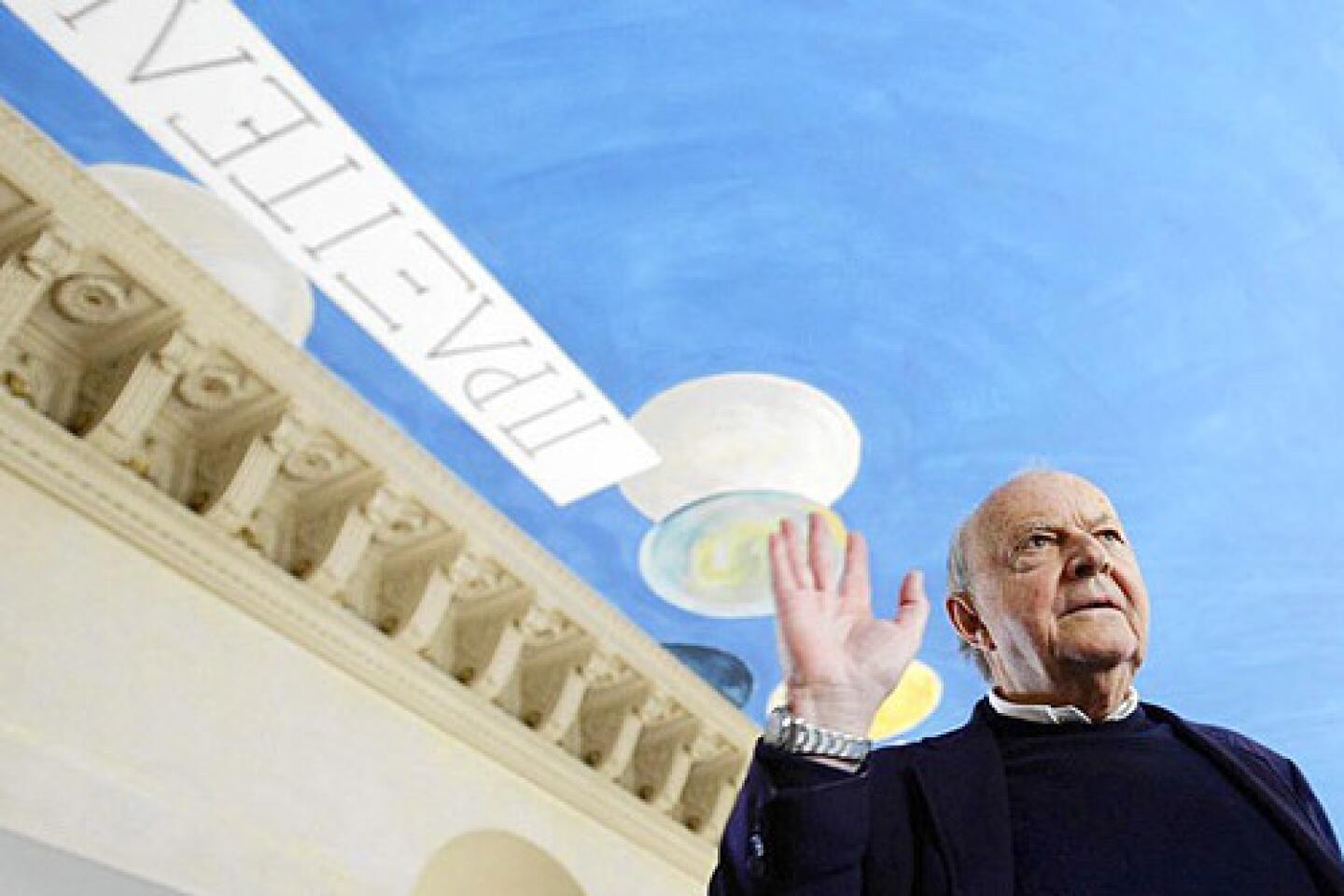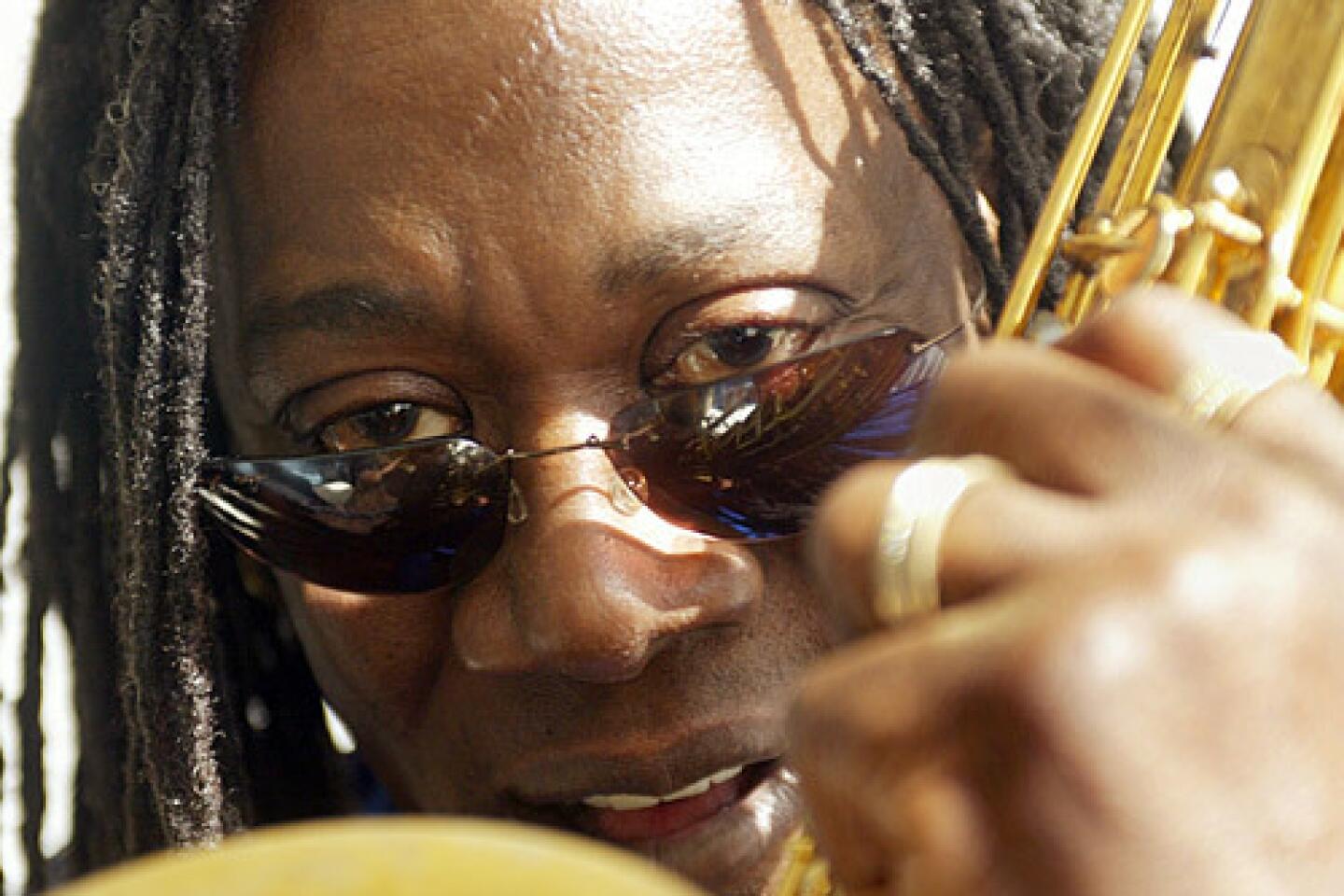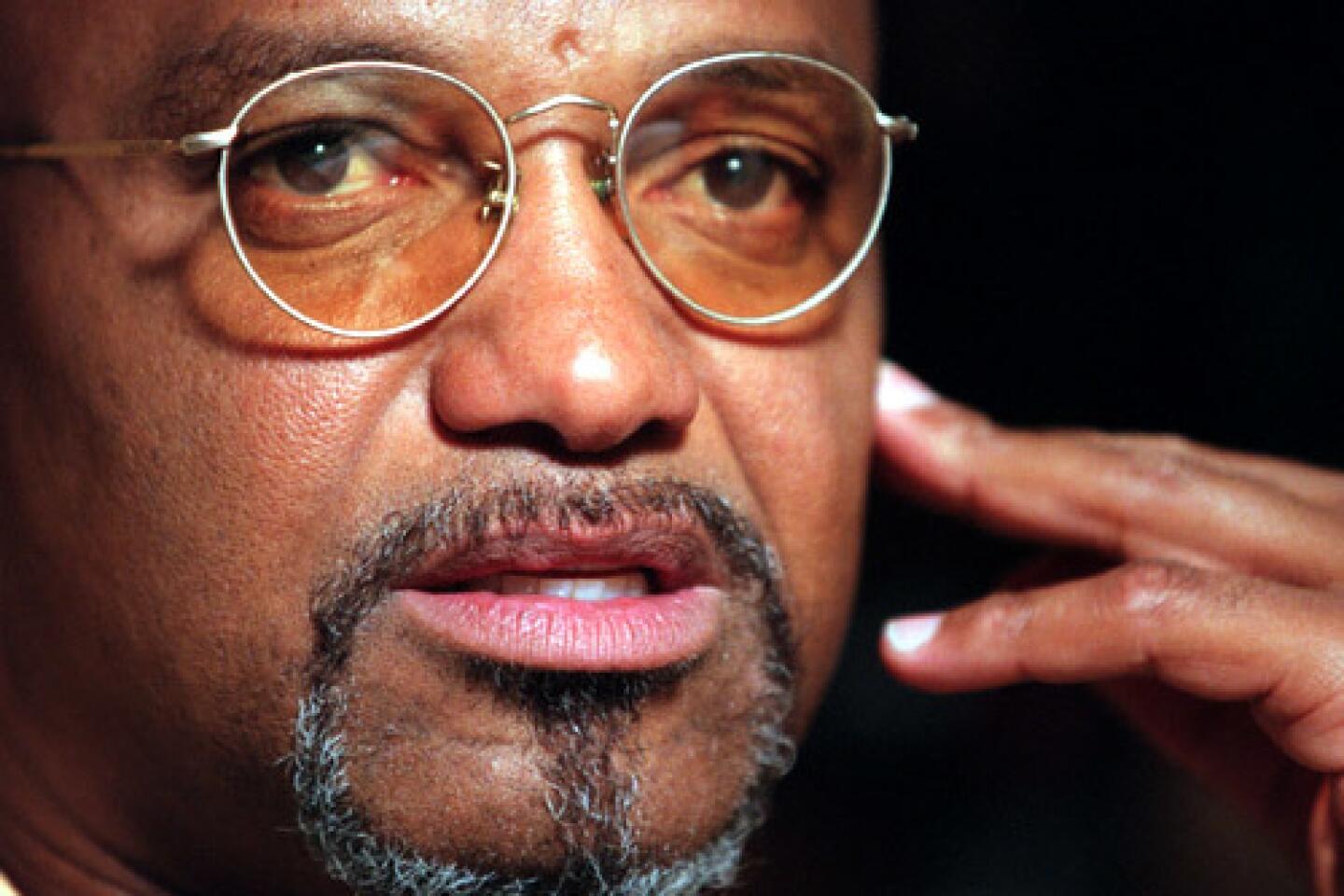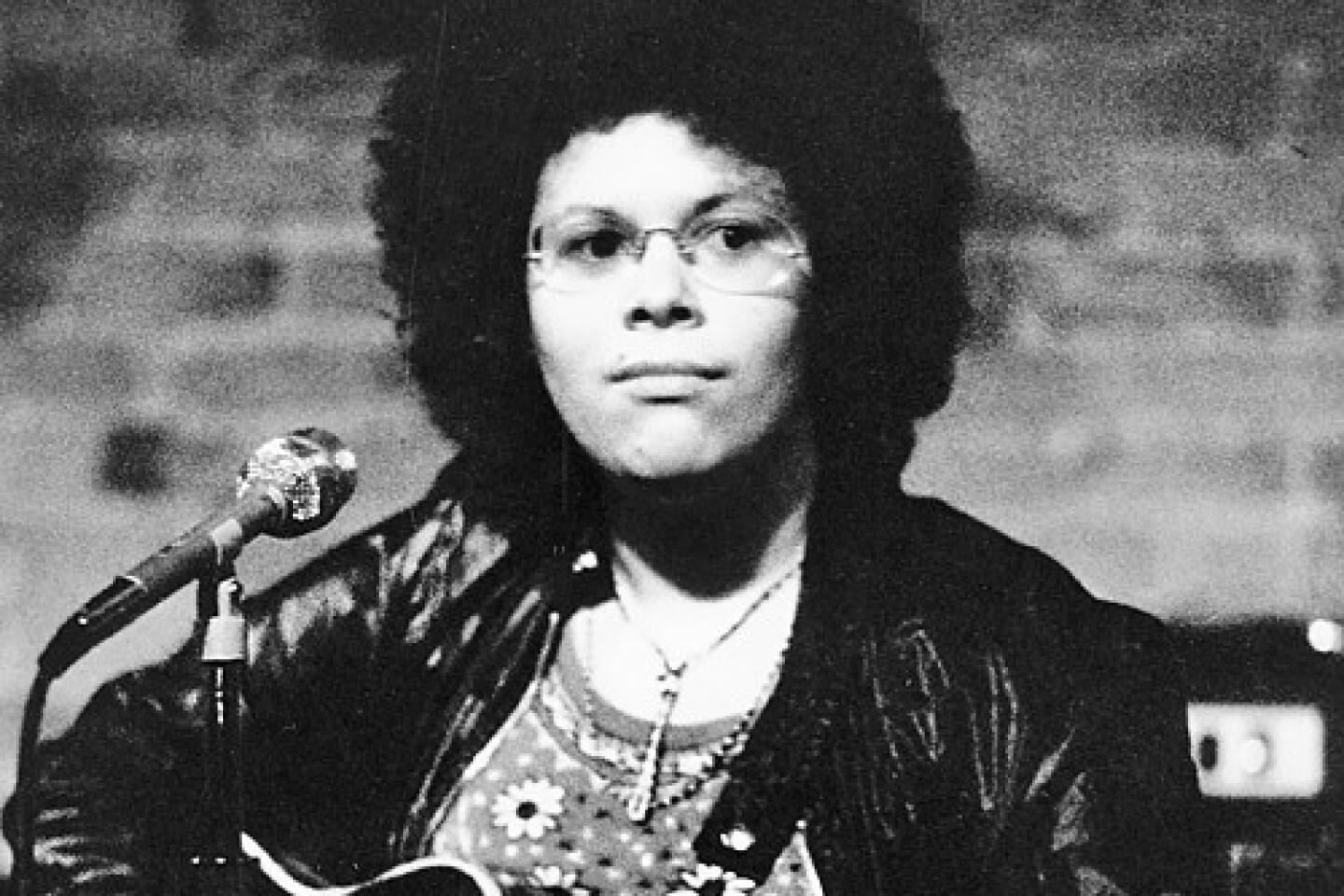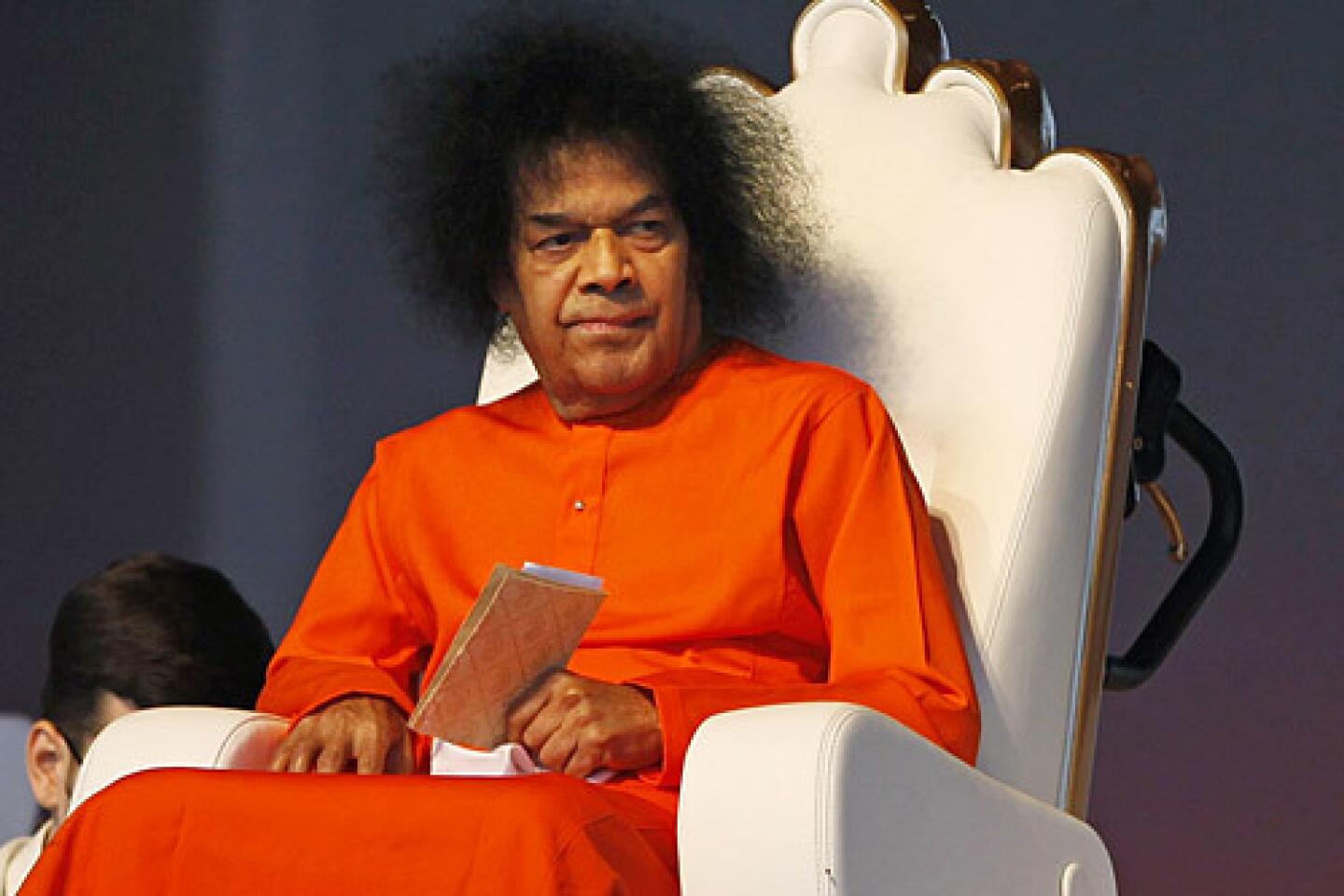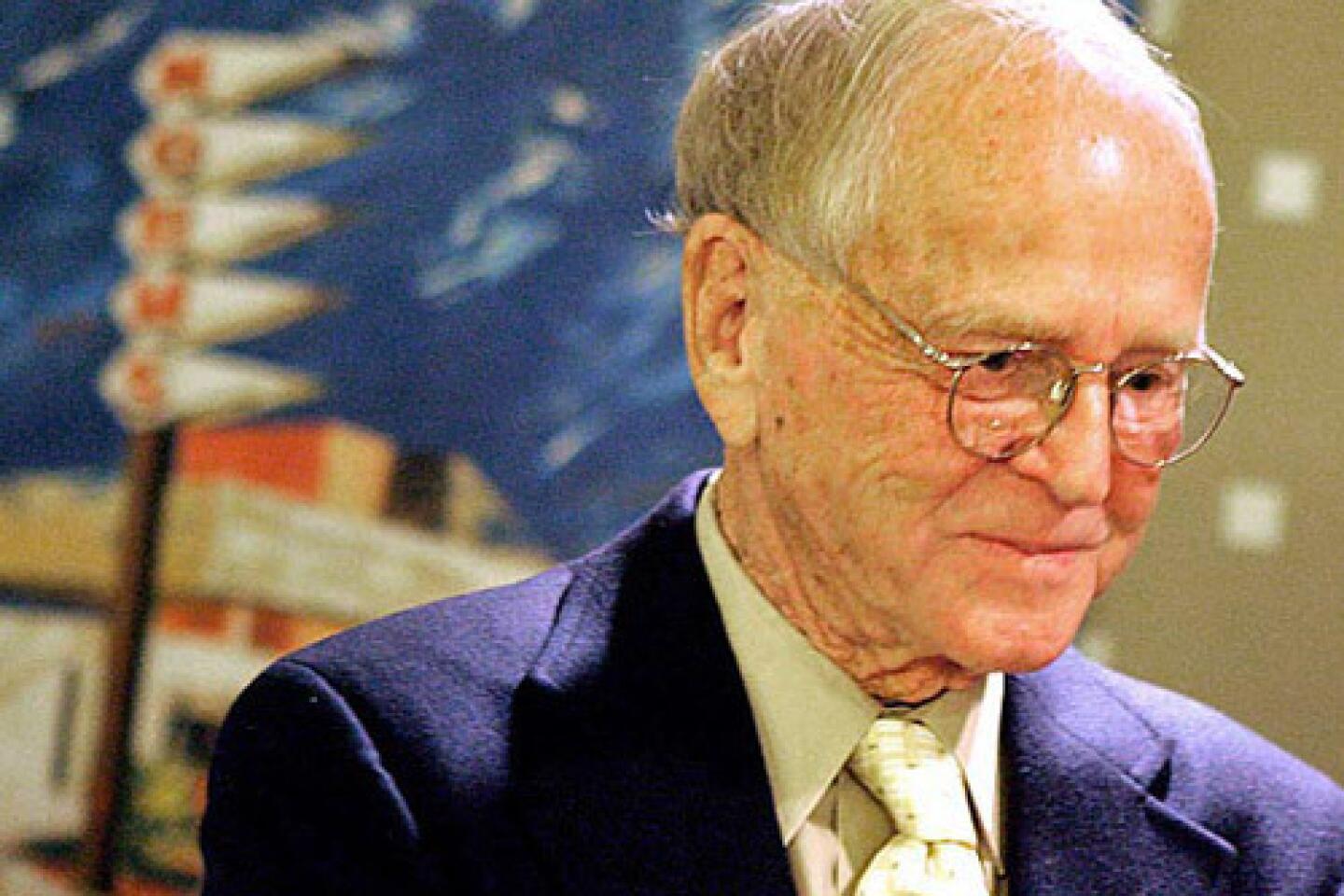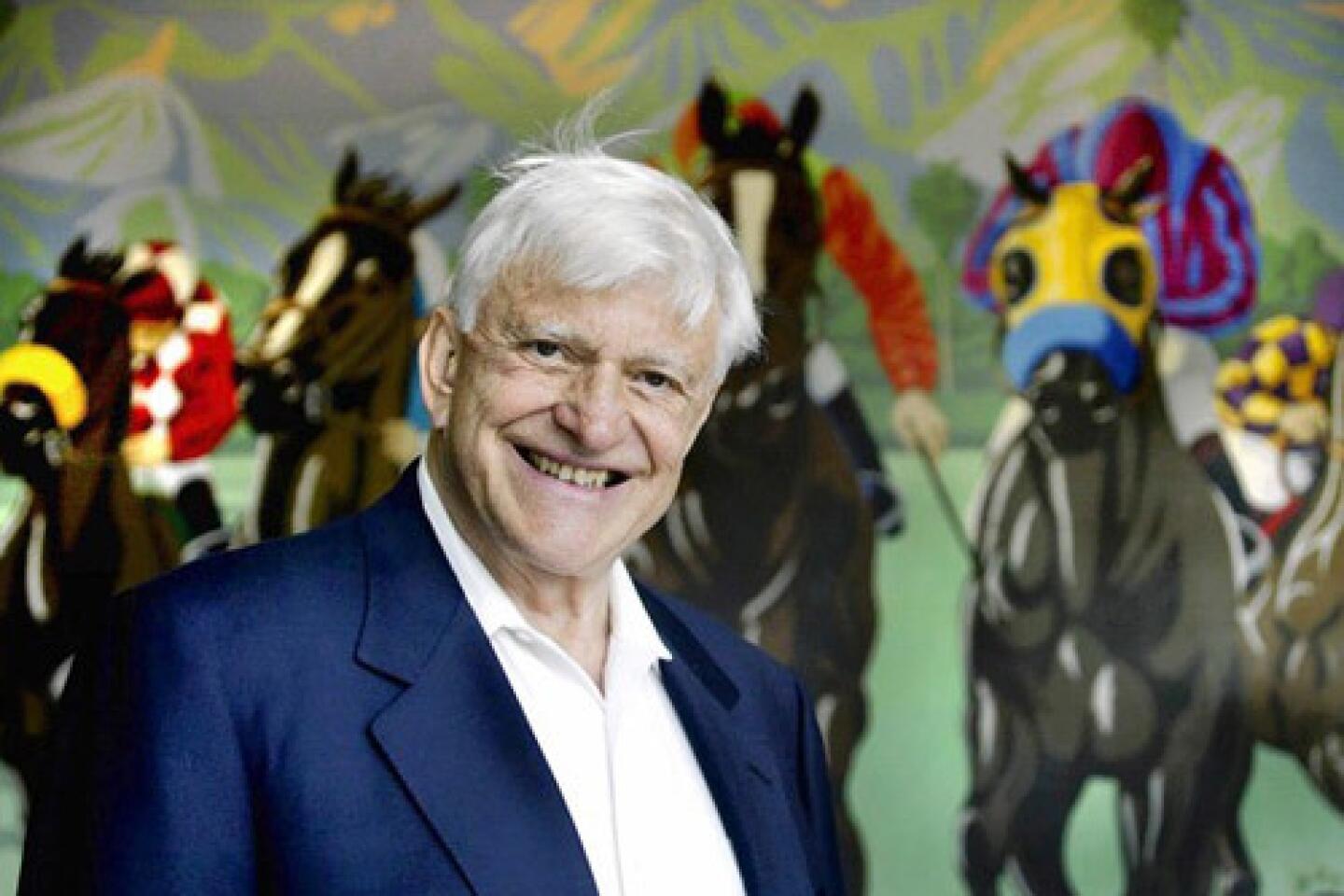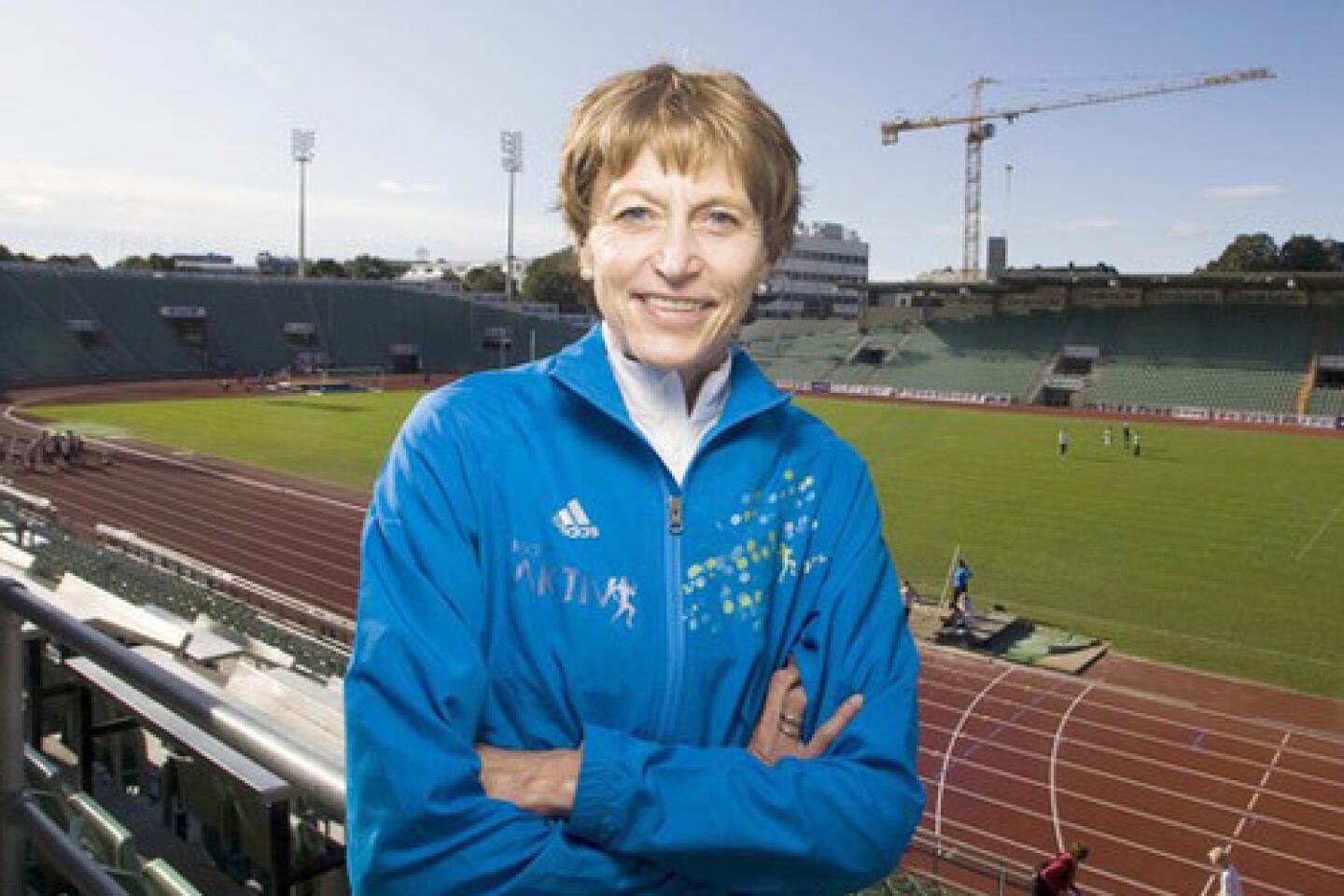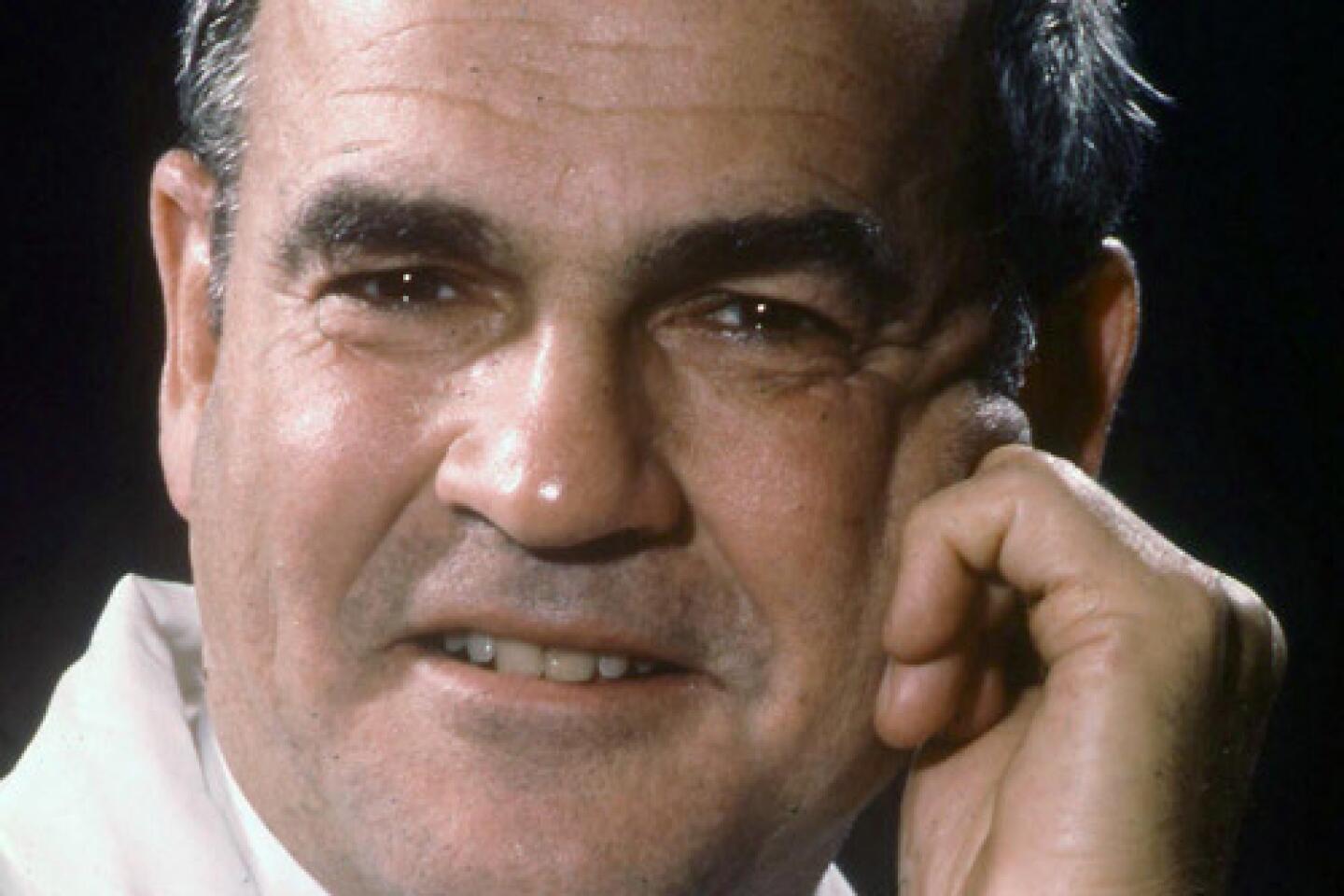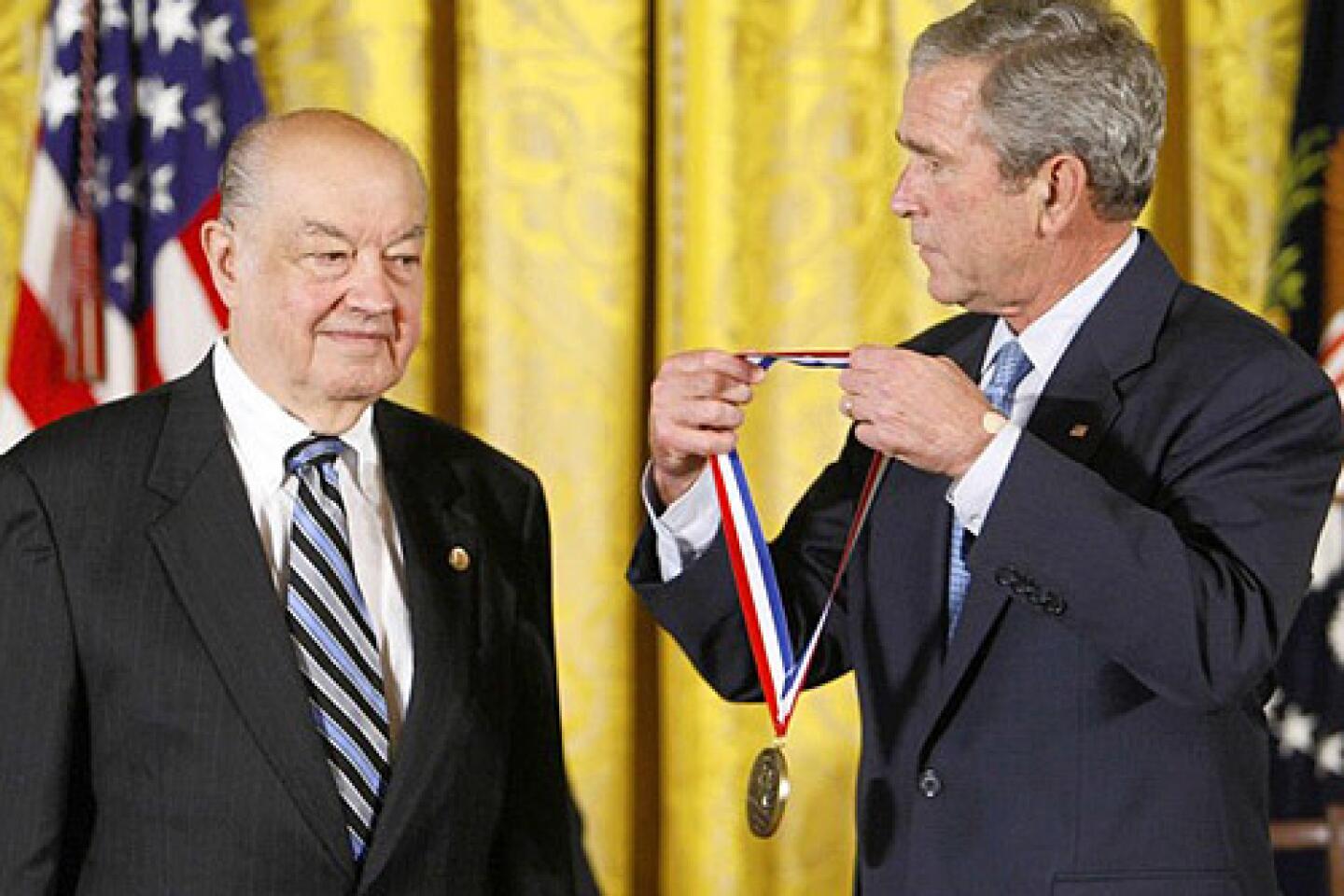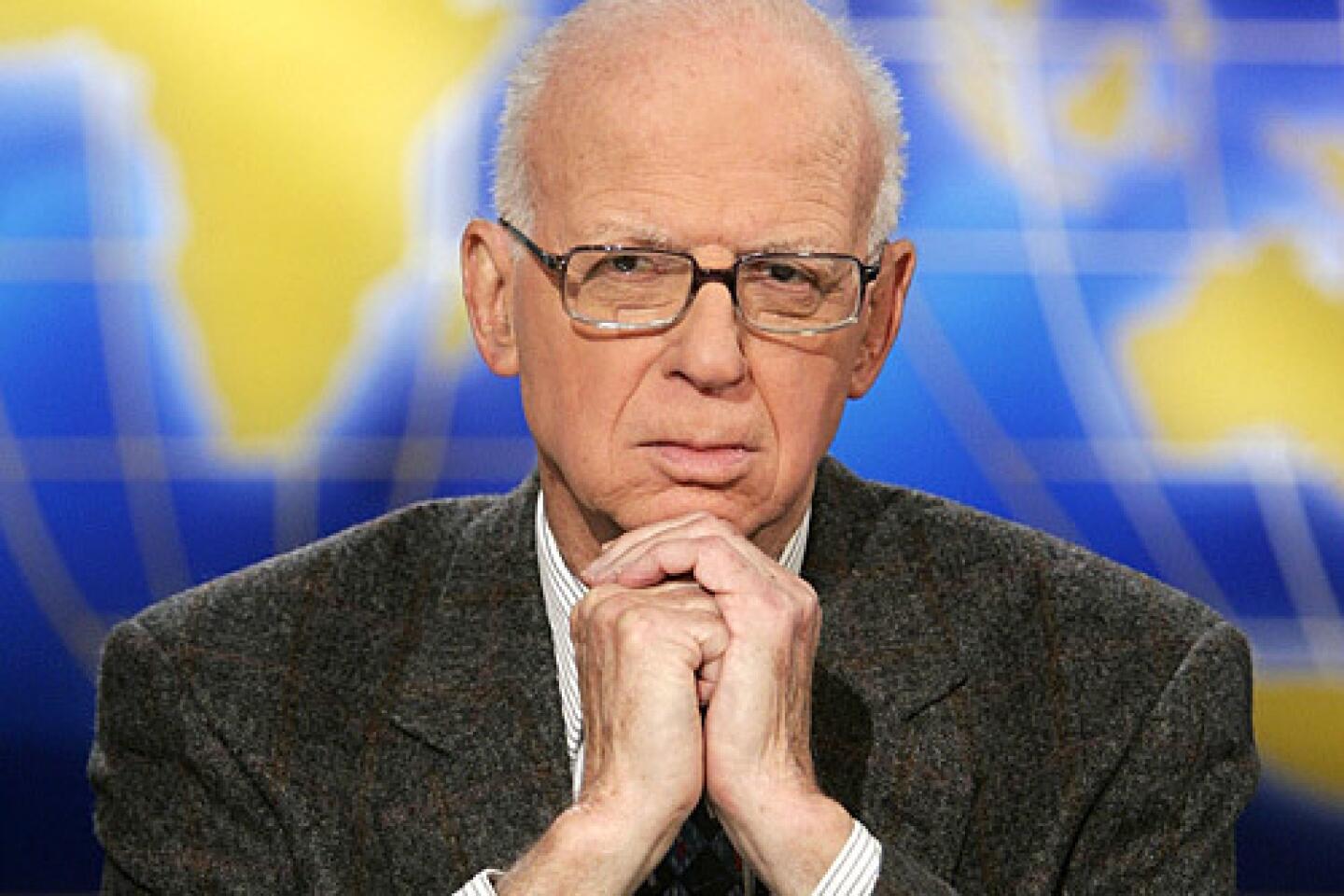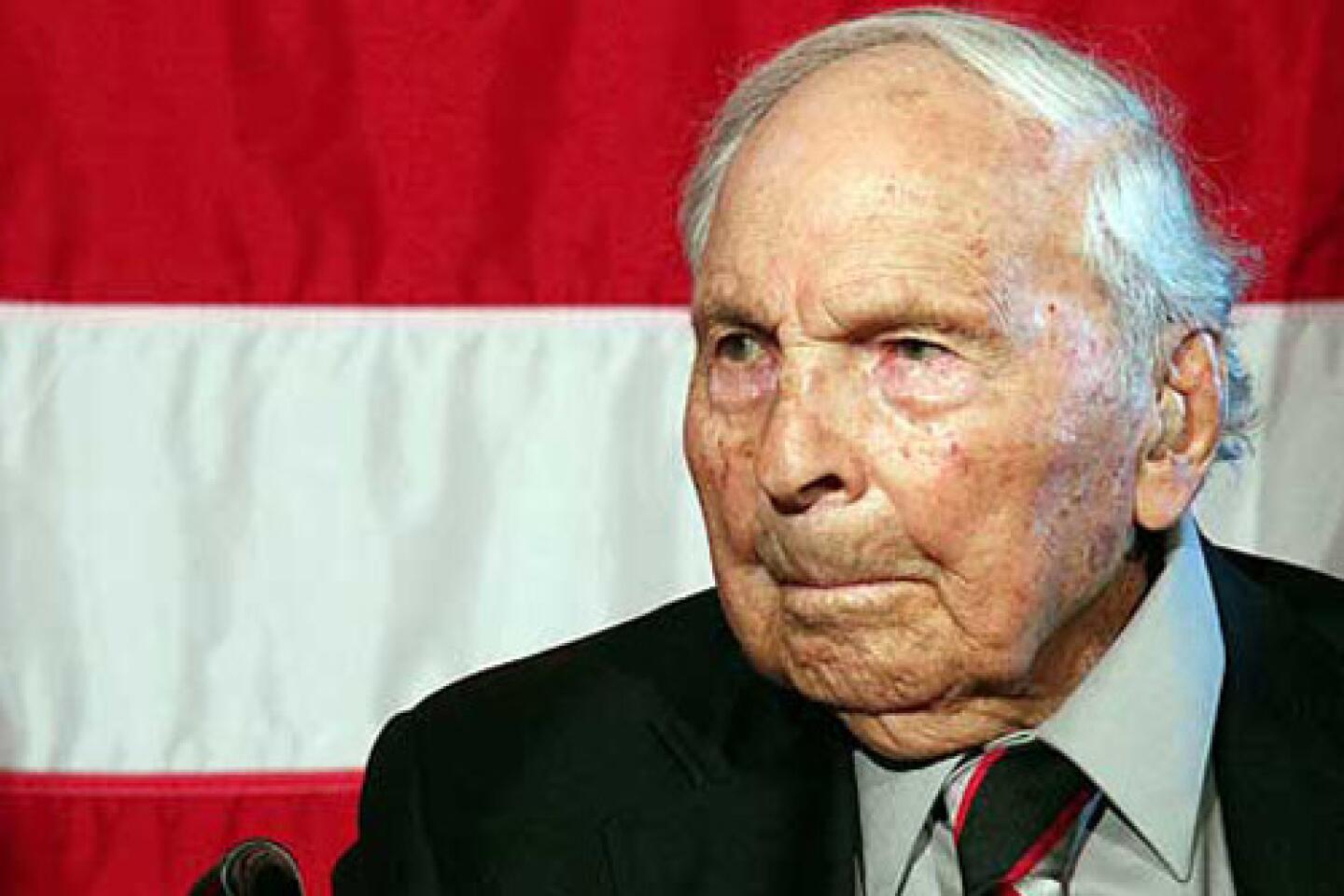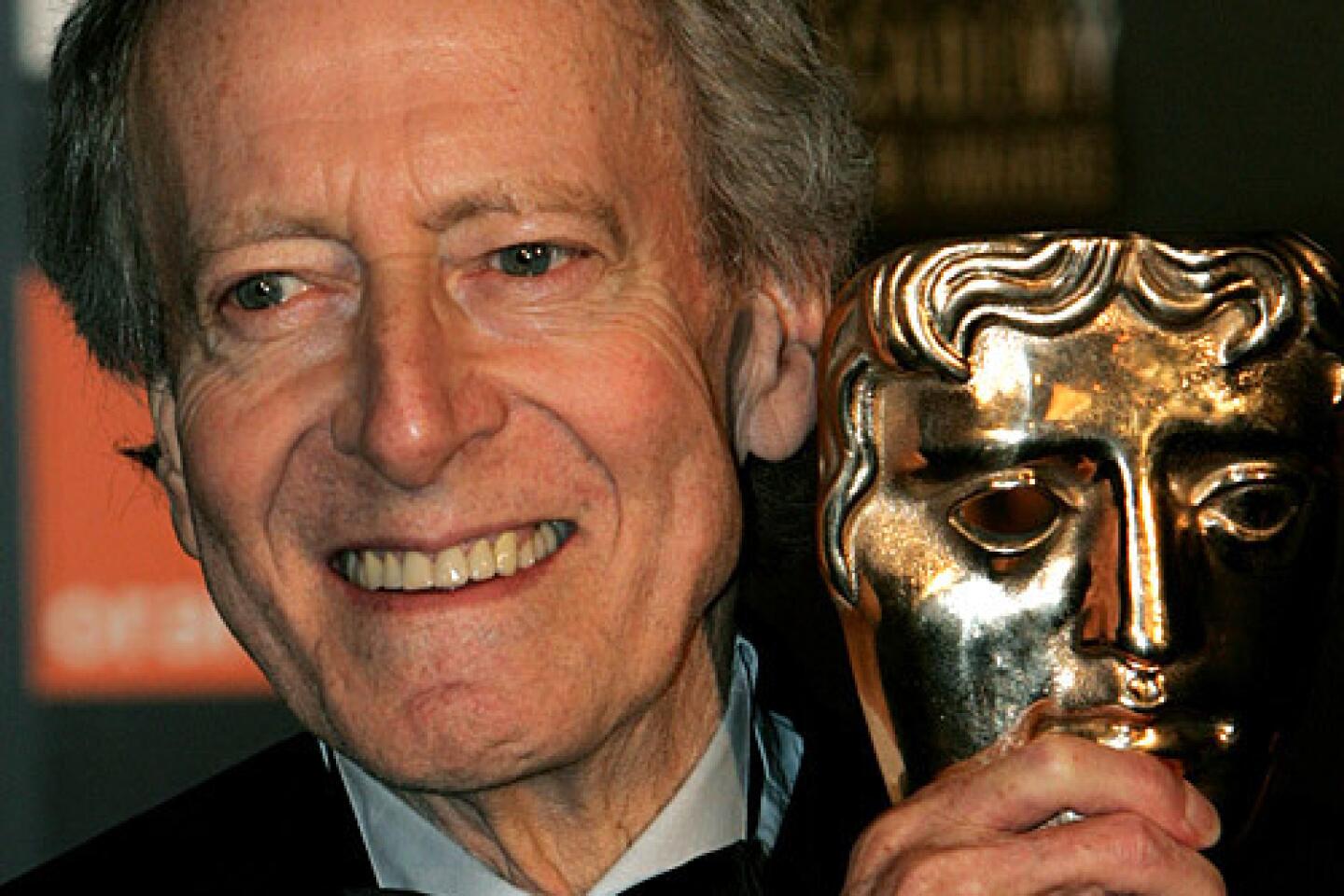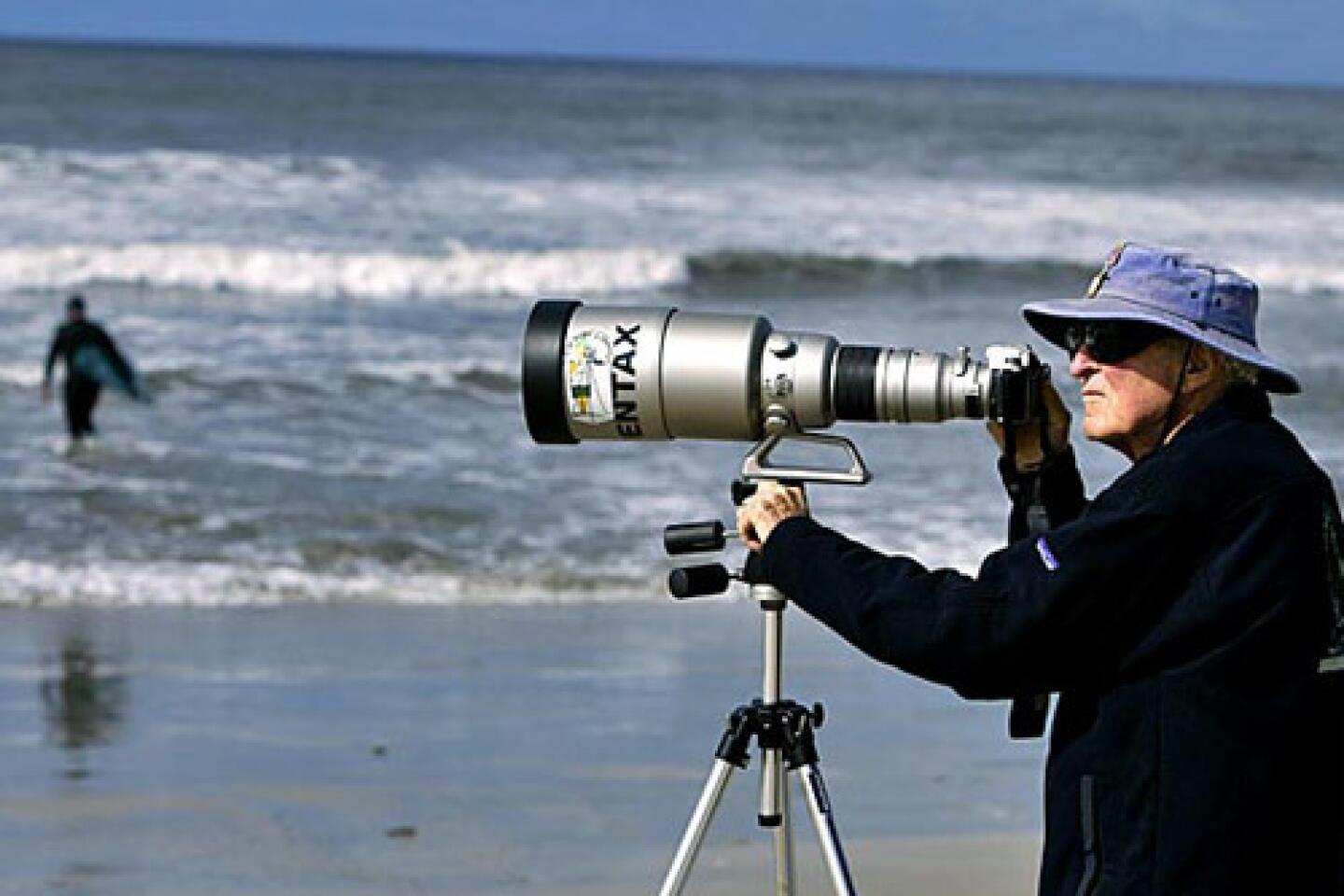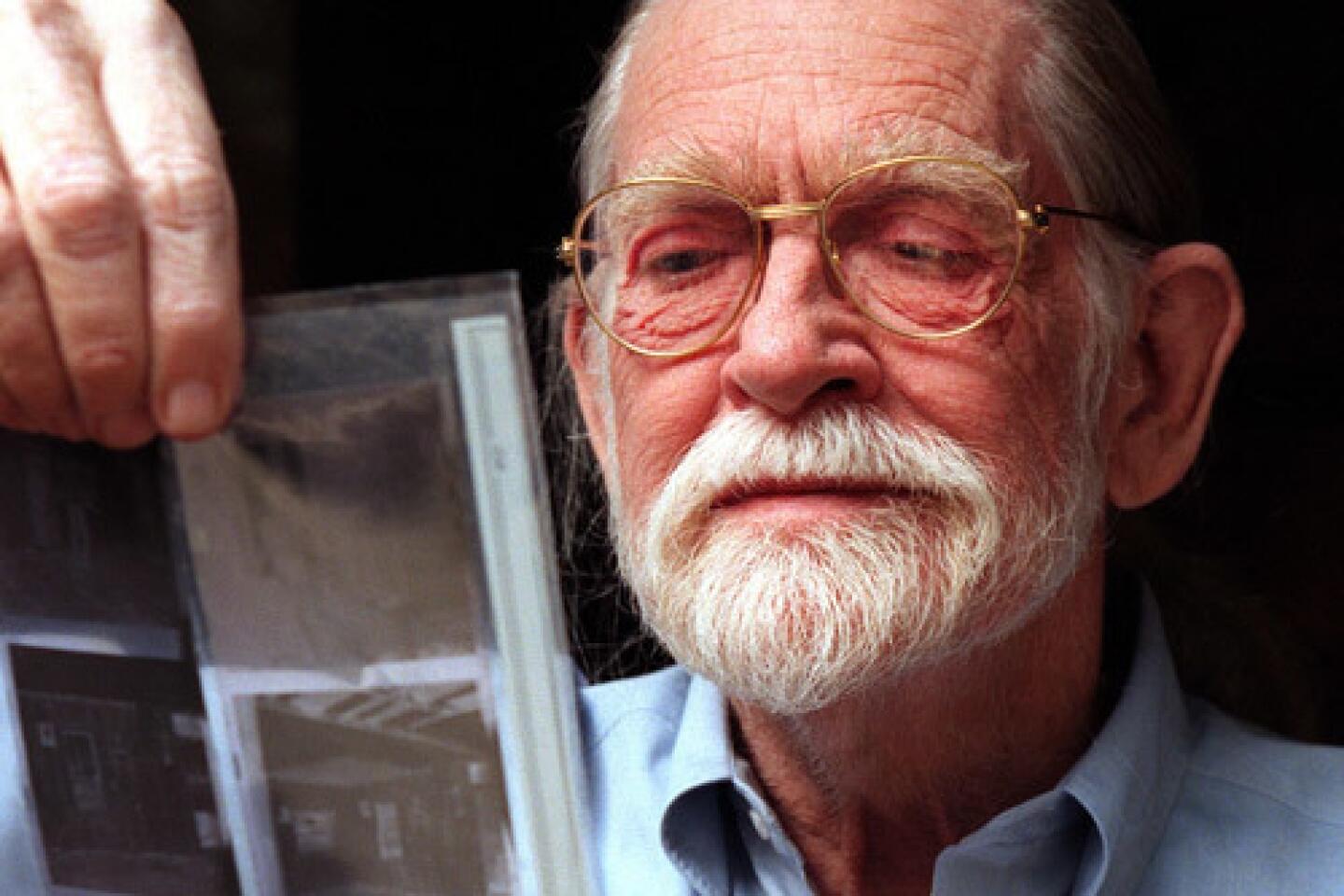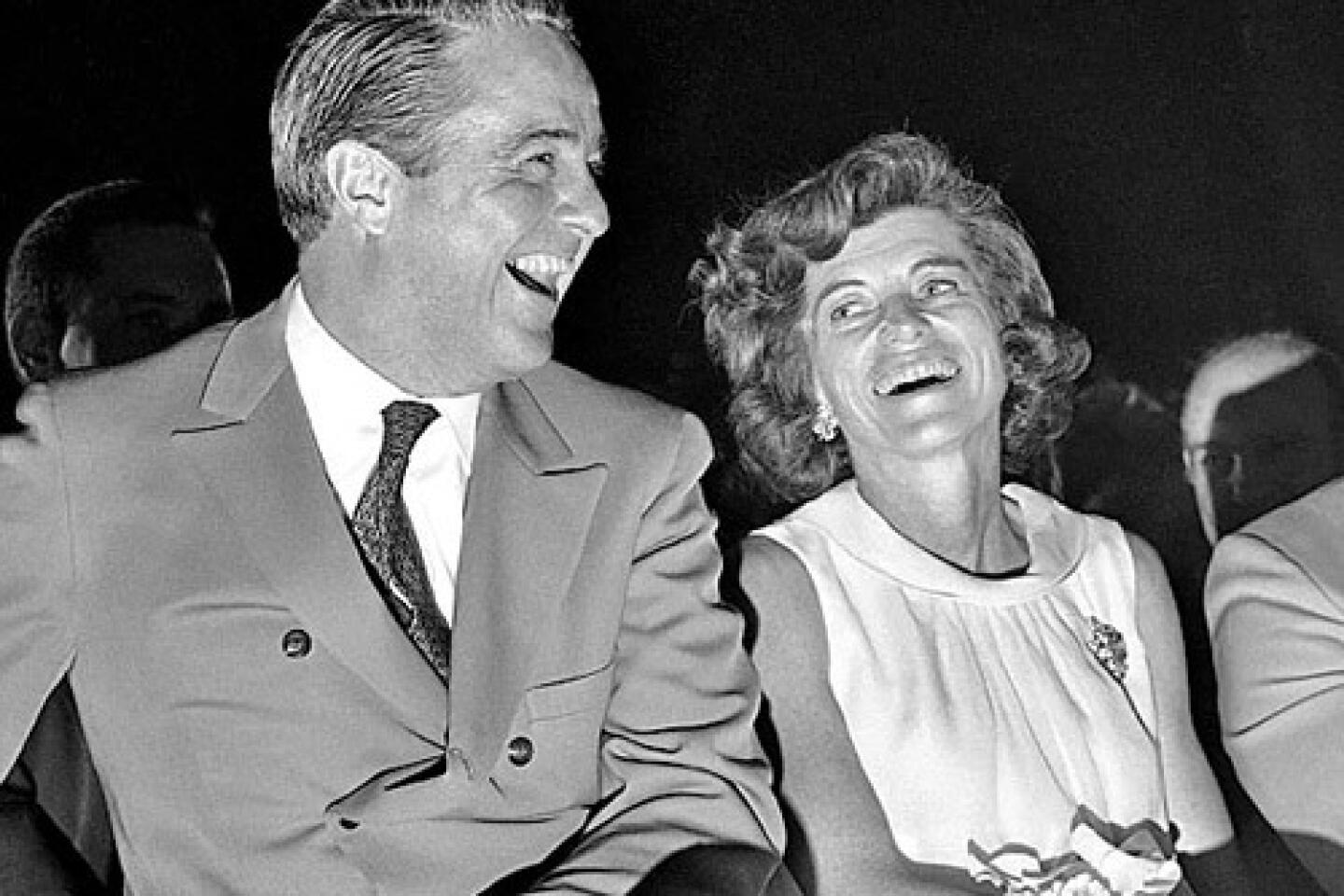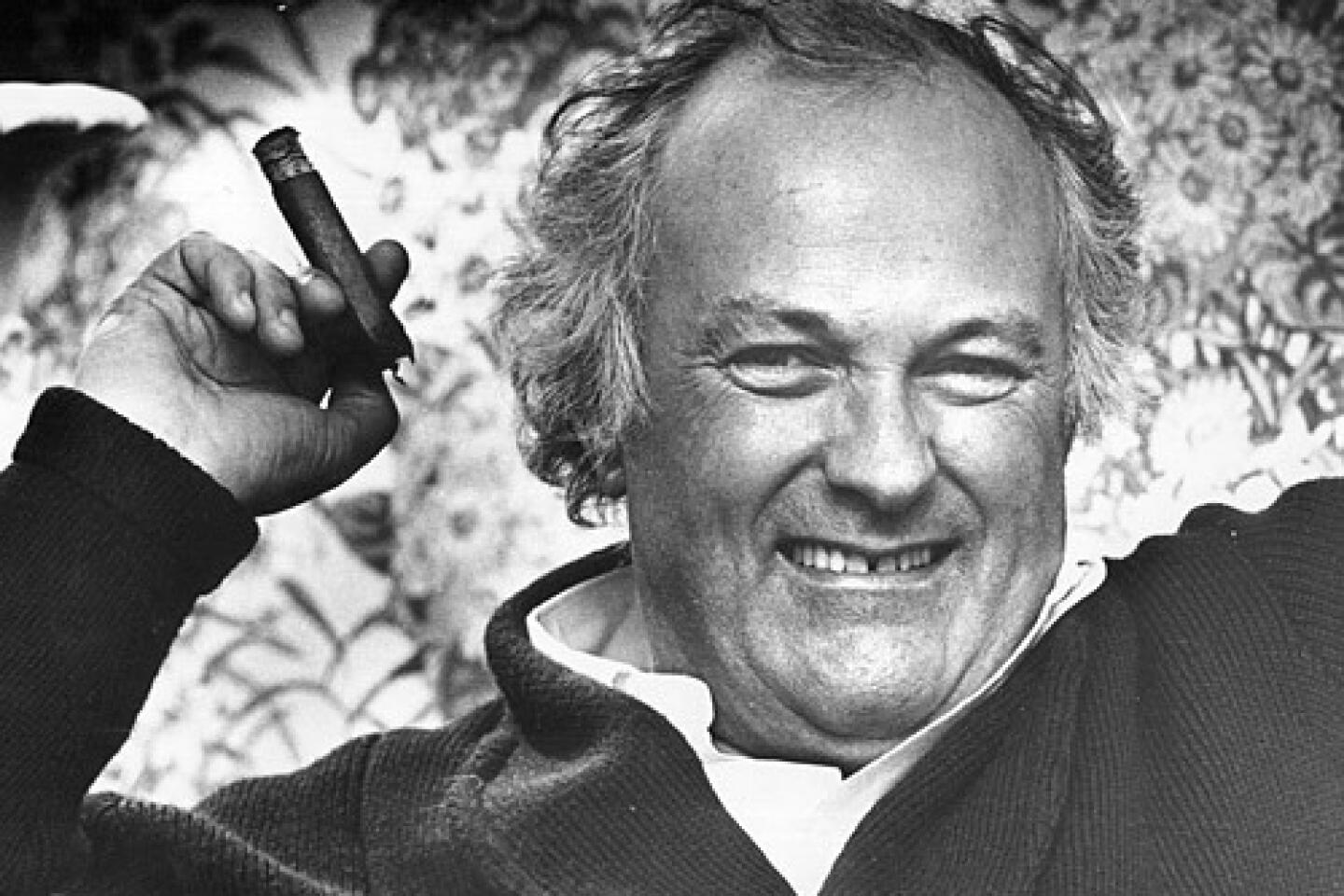Wilson Greatbatch dies at 92; inventor of first practical implantable pacemaker
While building an oscillator to record heart sounds, Wilson Greatbatch made a fortuitous mistake in the late 1950s. After he grabbed the wrong resistor from a box and plugged it in, the unit gave off a startlingly familiar, uneven electrical pulse.
“I stared at the thing in disbelief and then realized that this was exactly what was needed to drive a heart,” he wrote in his 2000 memoir “The Making of the Pacemaker.”
The accidental discovery propelled the electrical engineer to handcraft the first practical implantable pacemaker.
Greatbatch died Tuesday at an assisted-living center in suburban Buffalo, N.Y. A family announcement confirmed the death but gave no other details. He was 92.
Although Swedish designer Rune Elmqvist is credited with inventing the first implantable pacemaker in 1958, Greatbatch’s model was heralded as a vast leap forward because he incorporated significantly smaller mercury batteries that made the unit truly implantable.
Nearly a decade later, Greatbatch made another significant contribution by developing a longer-lasting lithium-based battery for pacemakers that greatly extended the window between battery-replacement surgeries.
In 1983, the National Society of Professional Engineers named Greatbatch’s pacemaker one of the 10 greatest engineering contributions to society in the last 50 years.
Greatbatch’s pacemaker was first connected to a beating heart in 1958 when his chief collaborator, William C. Chardack, then chief of surgery at Buffalo’s Veterans Administration Hospital, helped attach it to a dog’s heart. The device took control of the heartbeat.
“I seriously doubt if anything I ever do will ever give me the elation I felt that day when my own two-cubic-inch piece of electronic design controlled a living heart,” Greatbatch wrote in 1959 in his lab diary.
To work on his pacemaker, Greatbatch left his job at a scientific instrument company in Buffalo and calculated that his family could live for two years on his $2,000 in savings.
By 1960, Greatbatch had a dozen handmade pacemakers, and 10 were implanted in humans. The first patient lived 18 months; another member of the initial group lived for 30 years, Smithsonian magazine reported in 1999.
In 1961, Greatbatch sold the rights to produce and market his “implantable pulse generator” to Minneapolis-based Medtronic Inc., now a leading supplier of pacemakers.
Turning his attention to the pacemaker’s power source, he worked with other scientists to devise a more durable lithium-iodide cell that became the industry standard. It led him to found a company in 1970, now known as Greatbatch Inc., that became a major producer of pacemaker batteries.
More than 600,000 pacemakers are implanted each year, according to the American Heart Assn.
Greatbatch was born Sept. 6, 1919, in Buffalo, the only child of a construction contractor.
As a teen, he was attracted by the “mystery” of radio transmission, he later said.
During World War II, he repaired electronics on a Navy destroyer and operated the radio on convoys to Iceland. The randomness of death and war caused him to become deeply religious, and he began carrying a Bible in his pants leg after he was assigned as a tail-gunner on bombing missions.
After the war, Greatbatch earned a bachelor’s degree in engineering in 1950 at Cornell University. While earning his master’s in engineering at the State University of New York at Buffalo, he happened into his pacemaker research while working at a nearby institute.
He established a series of companies to license or manufacture his inventions, including one devoted to genetic engineering and another to nuclear-power generation through fusion.
His inventions made him wealthy but Greatbatch, who held more than 150 patents, plowed most of his money back into research or donated it to charities and educational institutions. He mainly lived in a converted mid-1800s schoolhouse near Buffalo.
He held a patent for a technique tested on cats to inhibit a virus similar to the one that causes AIDS and built a solar-powered canoe. More recently, he had concentrated on developing alternative fuels.
“Nine things out of 10 won’t work,” Greatbatch liked to say. “The 10th will pay for the other nine.”
His wife, Eleanor, whom he married in 1945, often served as his laboratory assistant and was the primary maker of his bow ties. She died in January at 90.
Greatbatch’s survivors include three sons, John, Ken and Warren; a daughter, Anne; 12 grandchildren; and eight great-grandchildren. Another son, Peter, died in 1998.
Start your day right
Sign up for Essential California for the L.A. Times biggest news, features and recommendations in your inbox six days a week.
You may occasionally receive promotional content from the Los Angeles Times.
